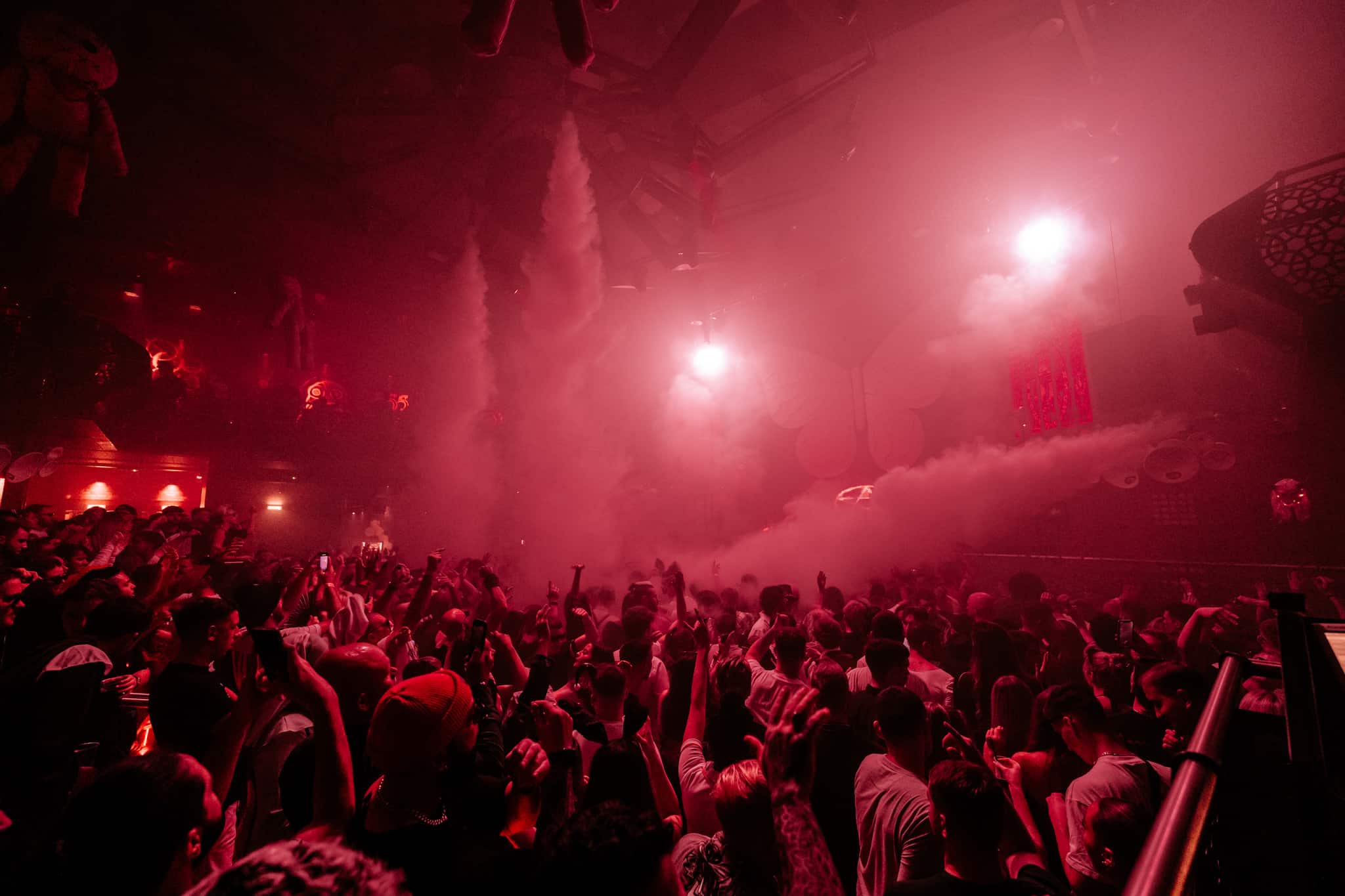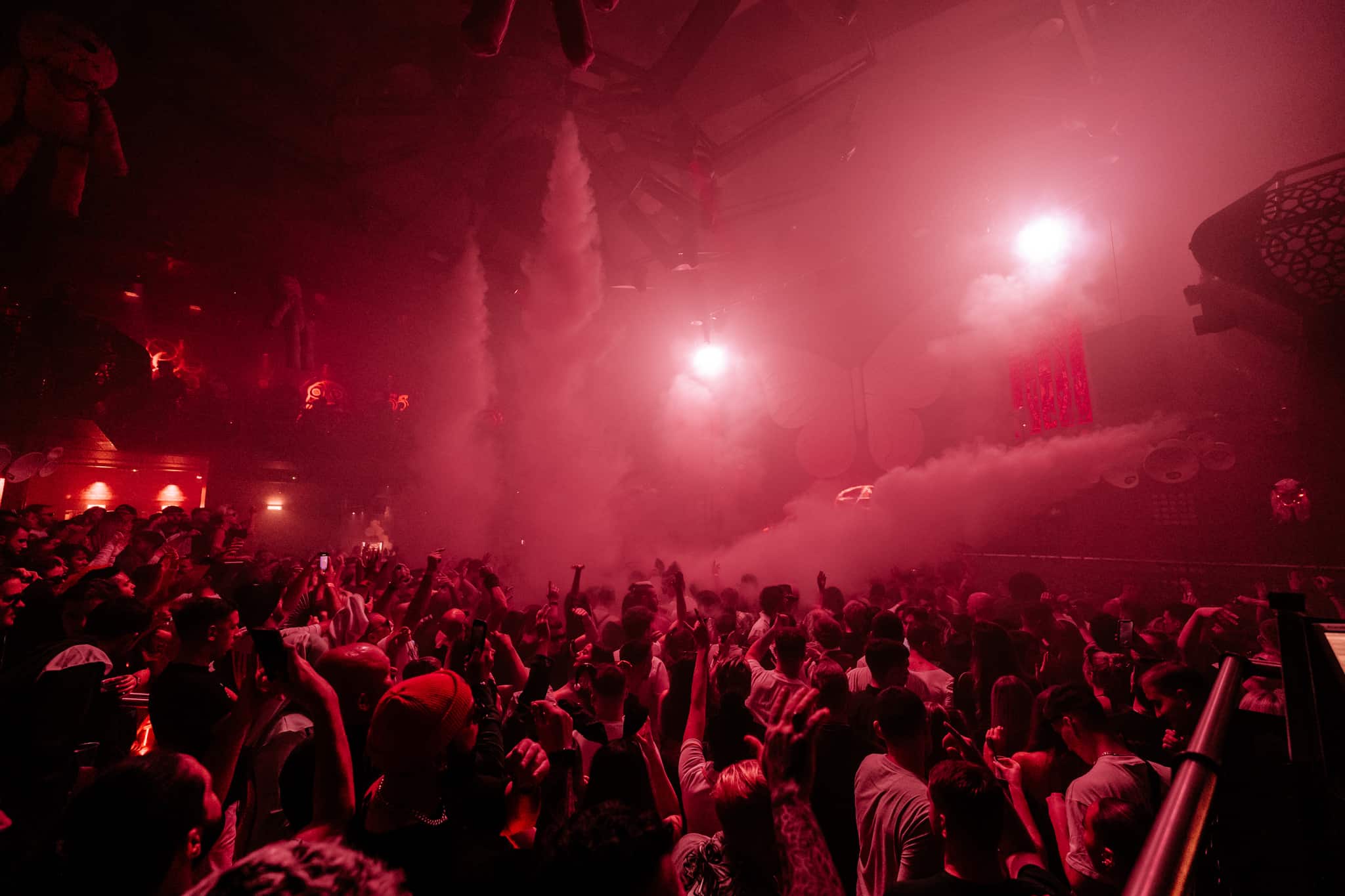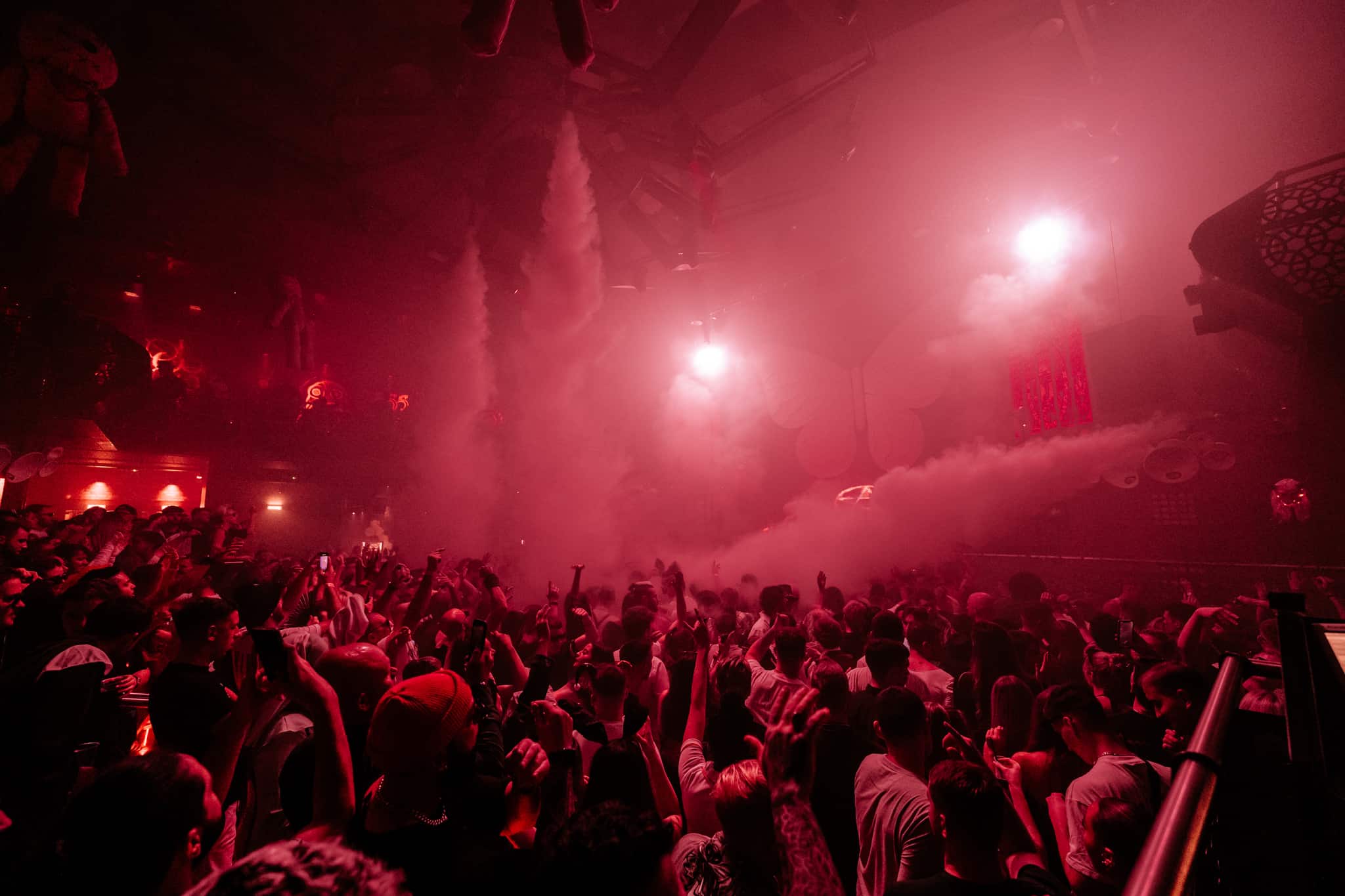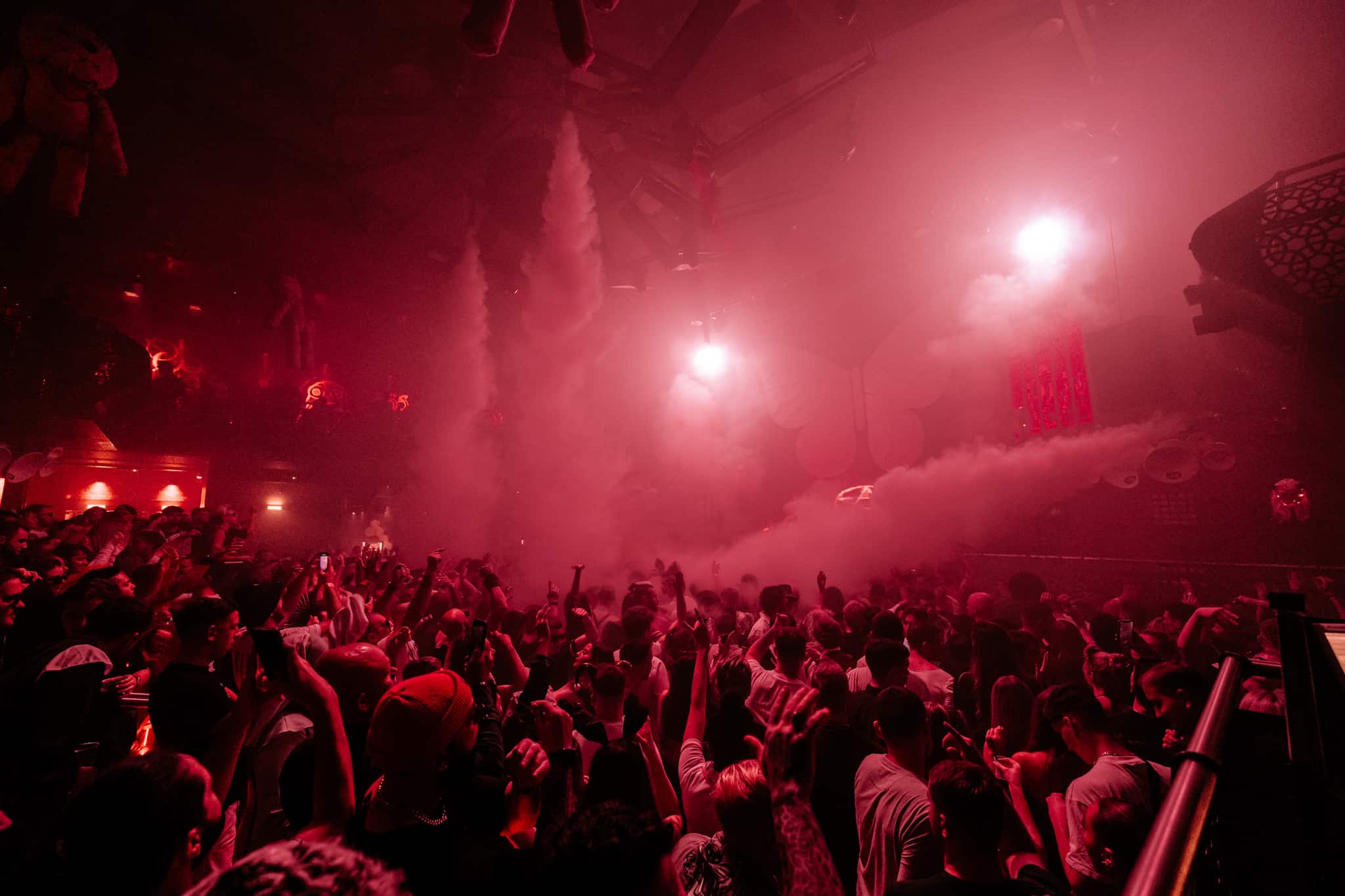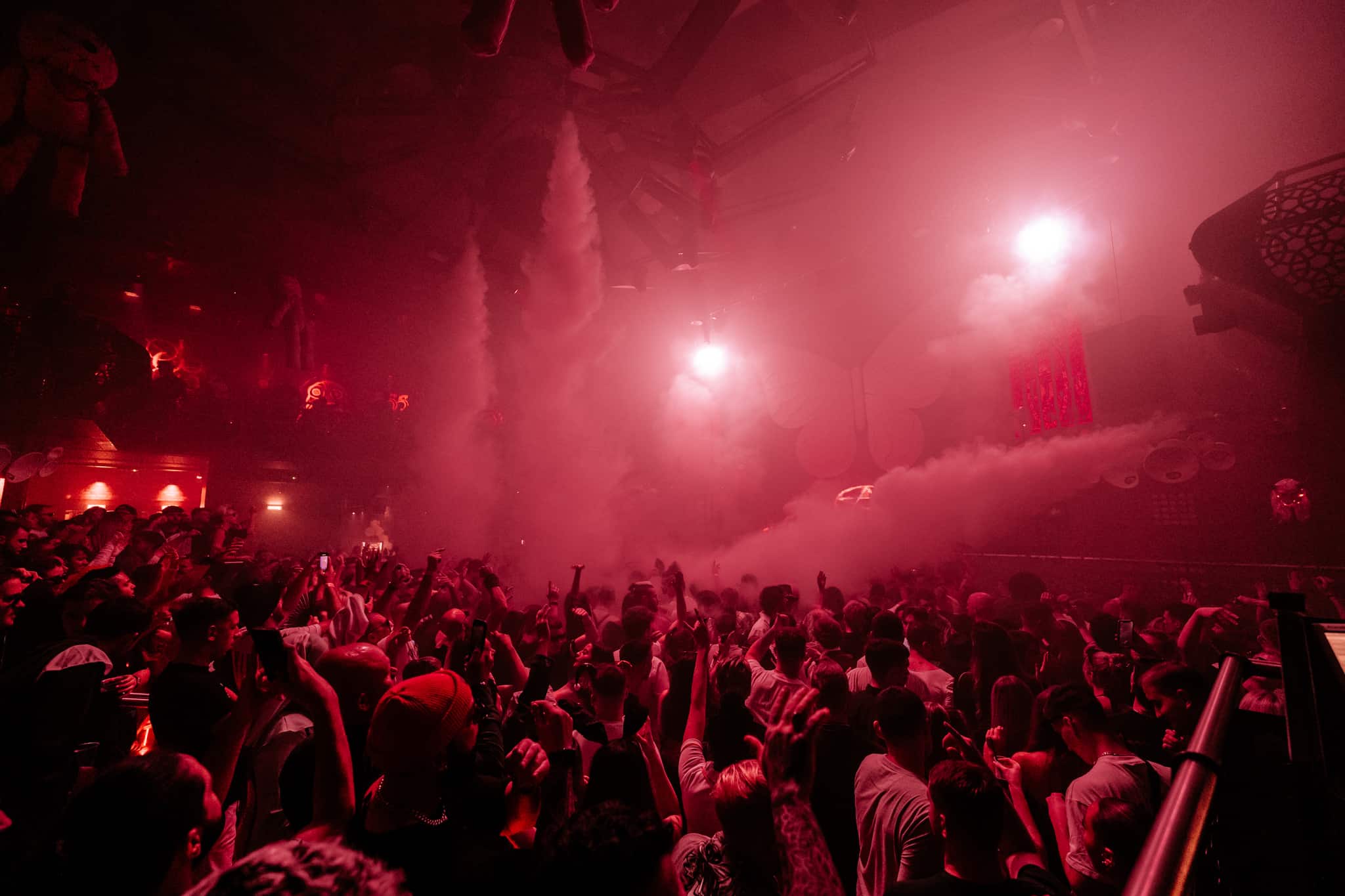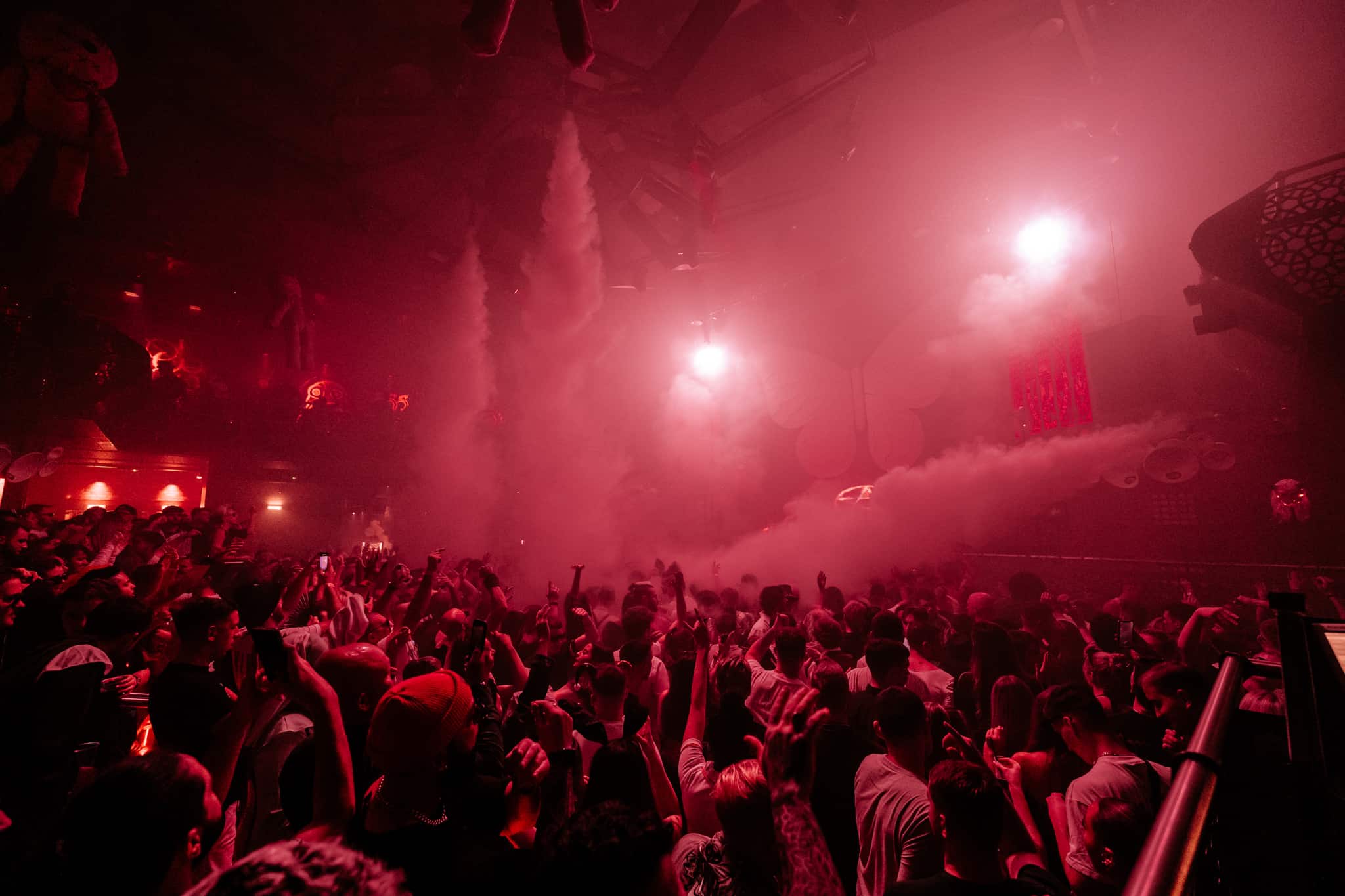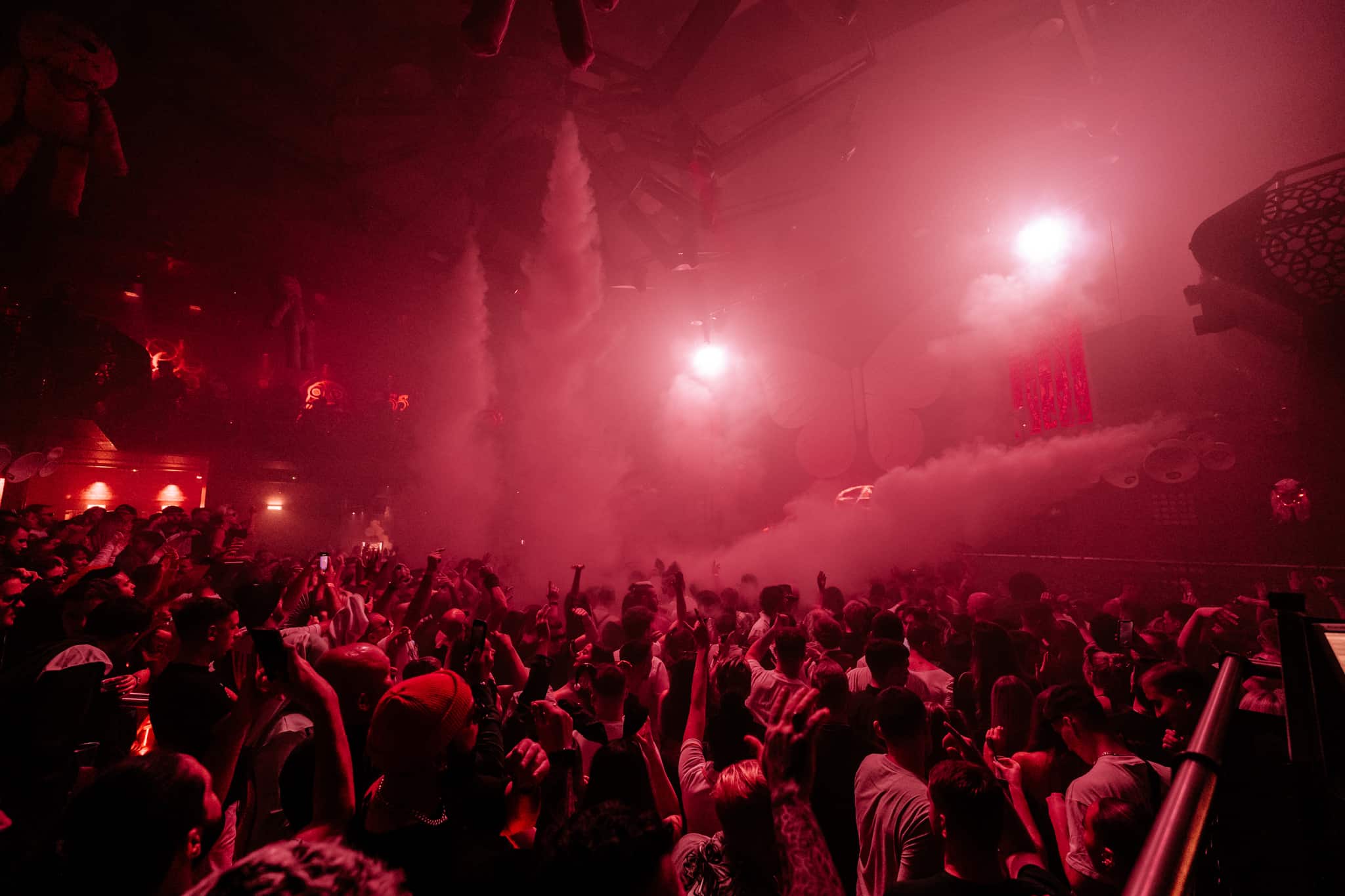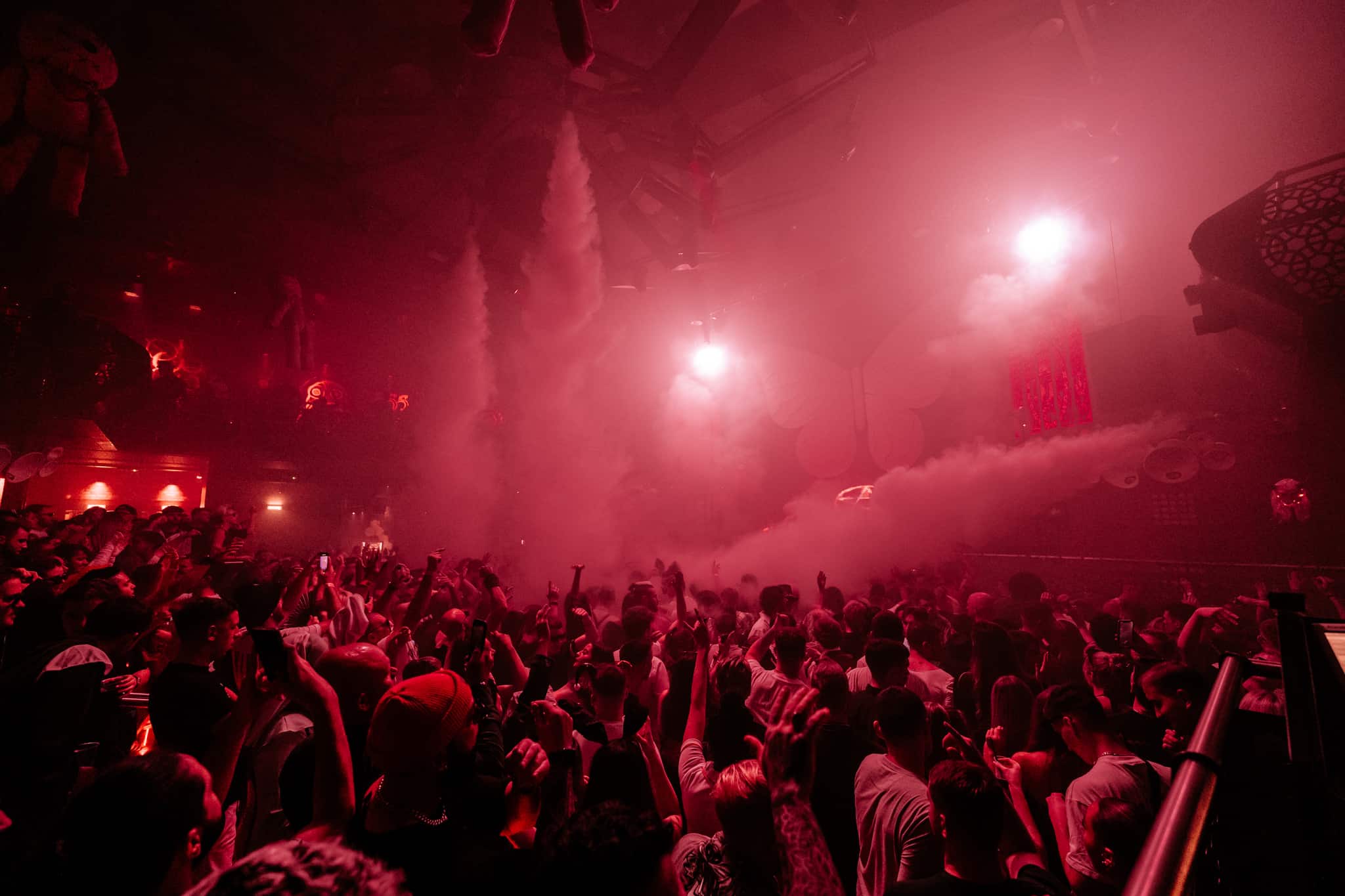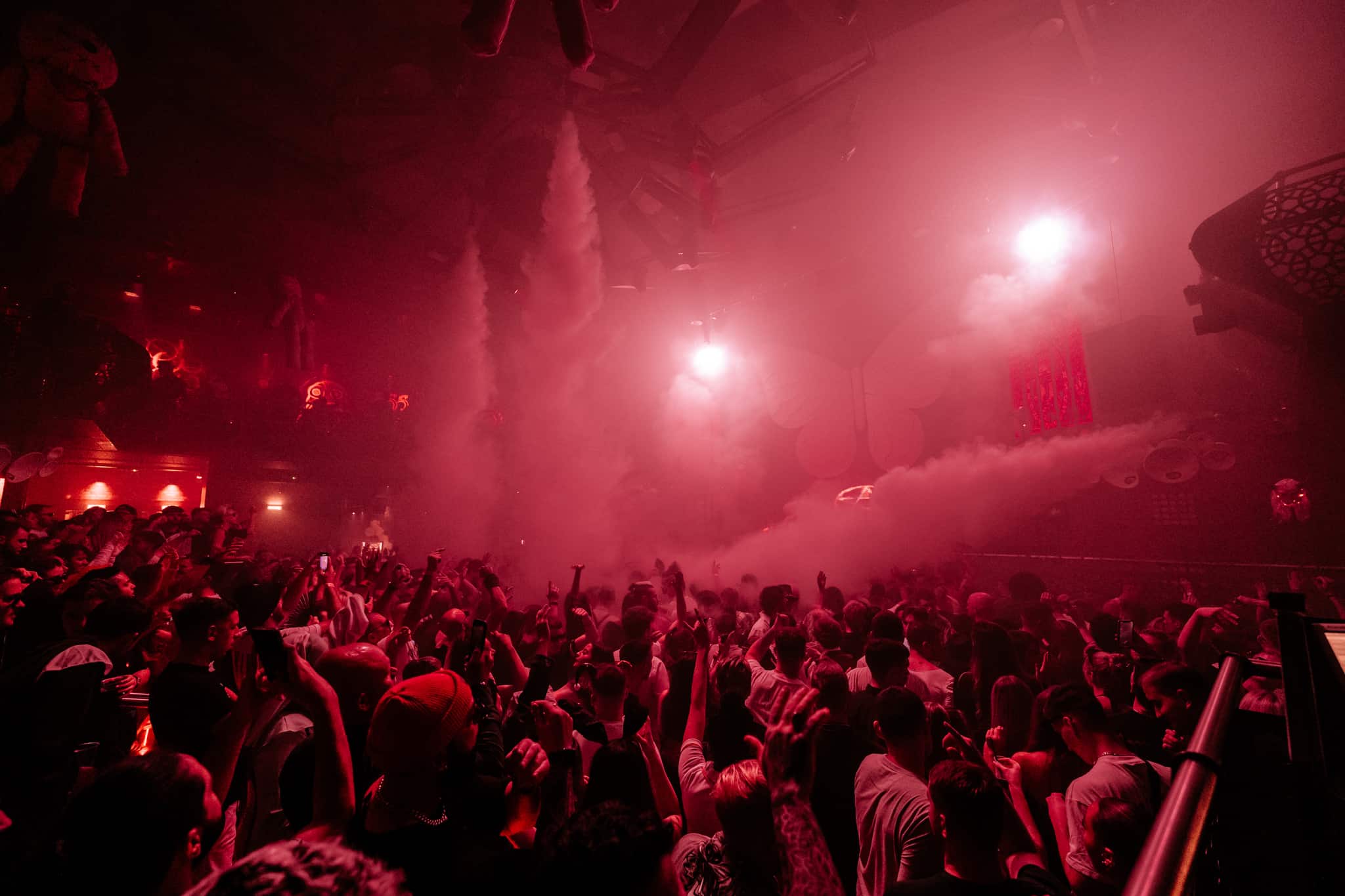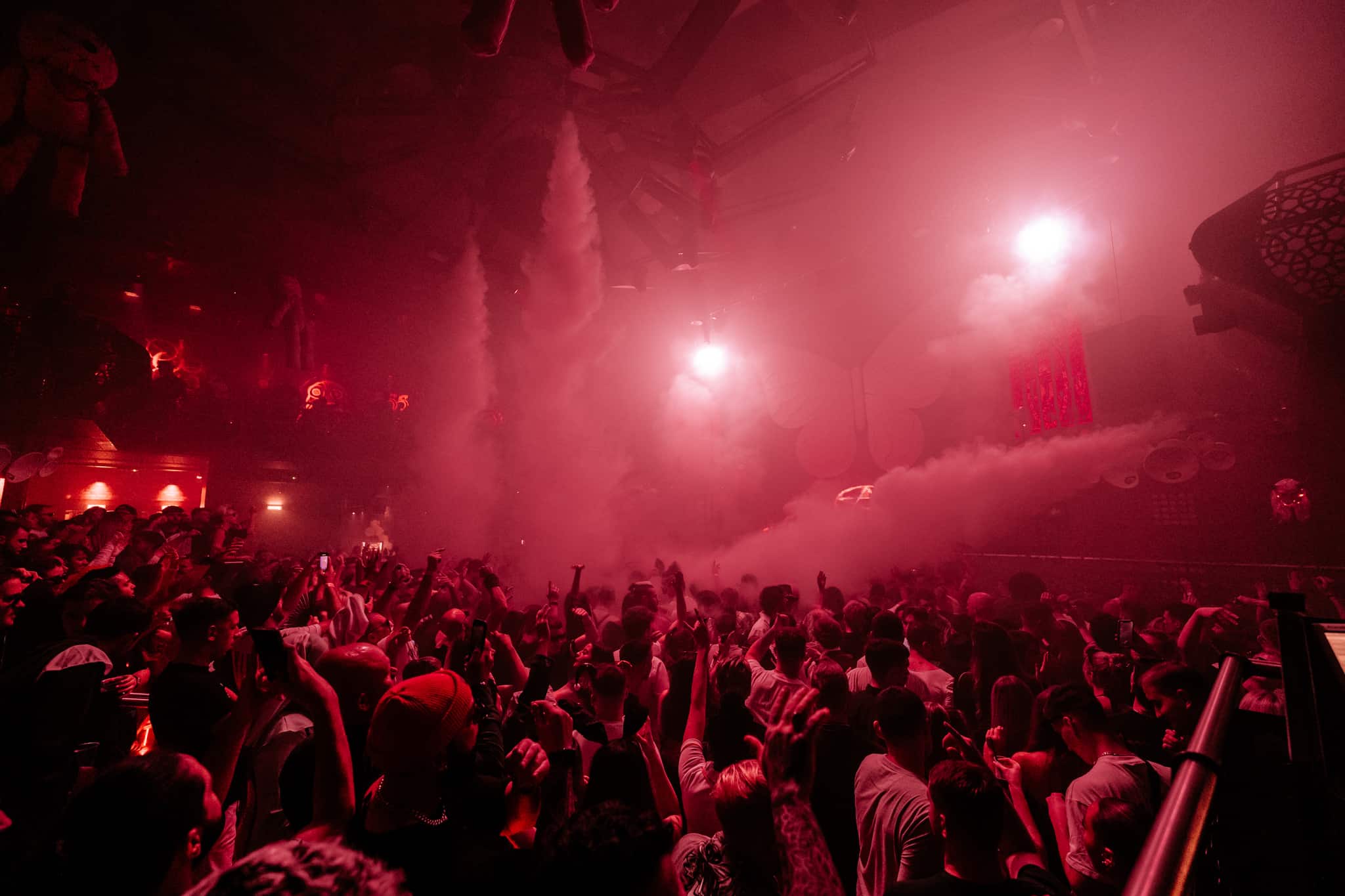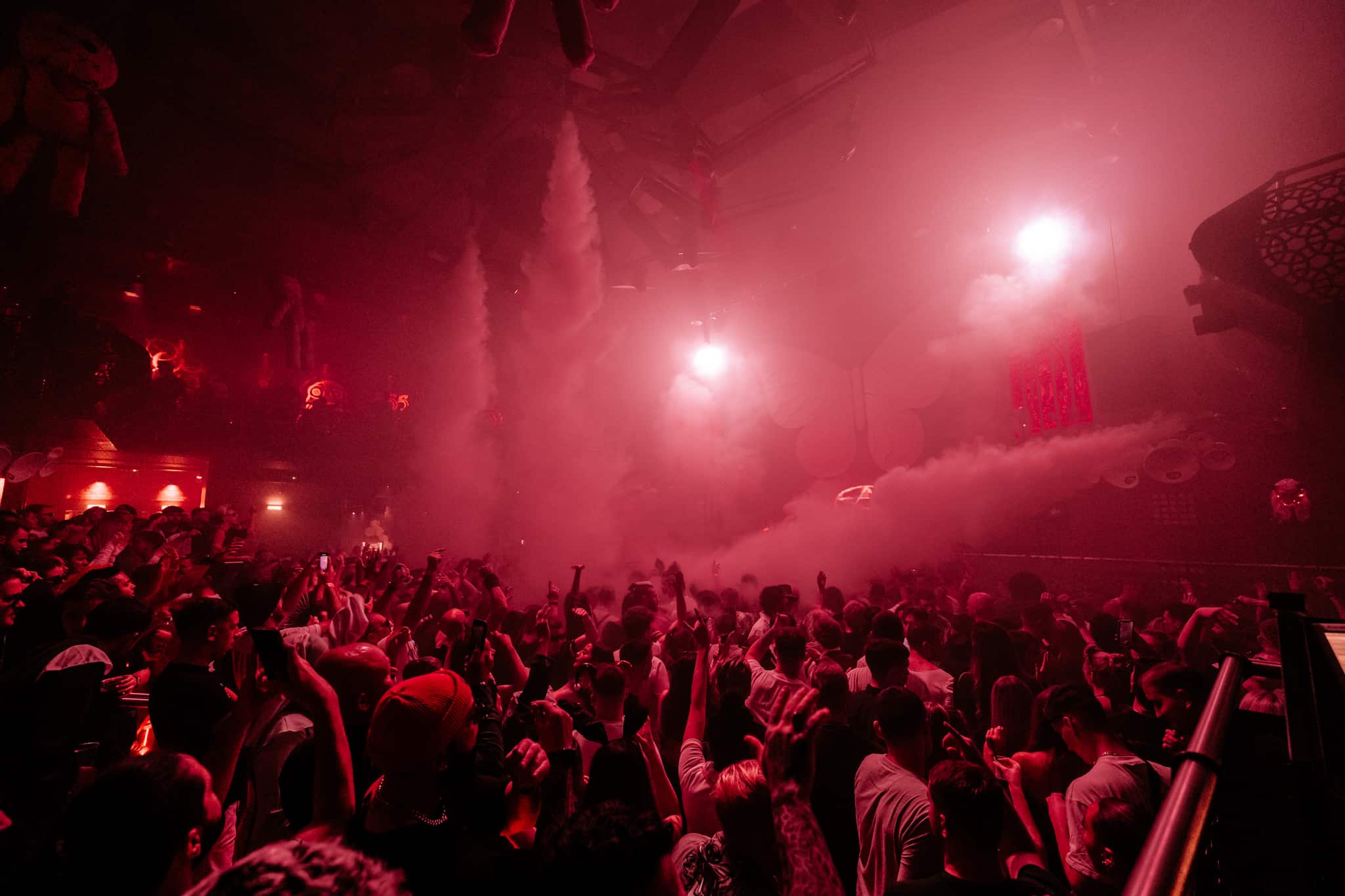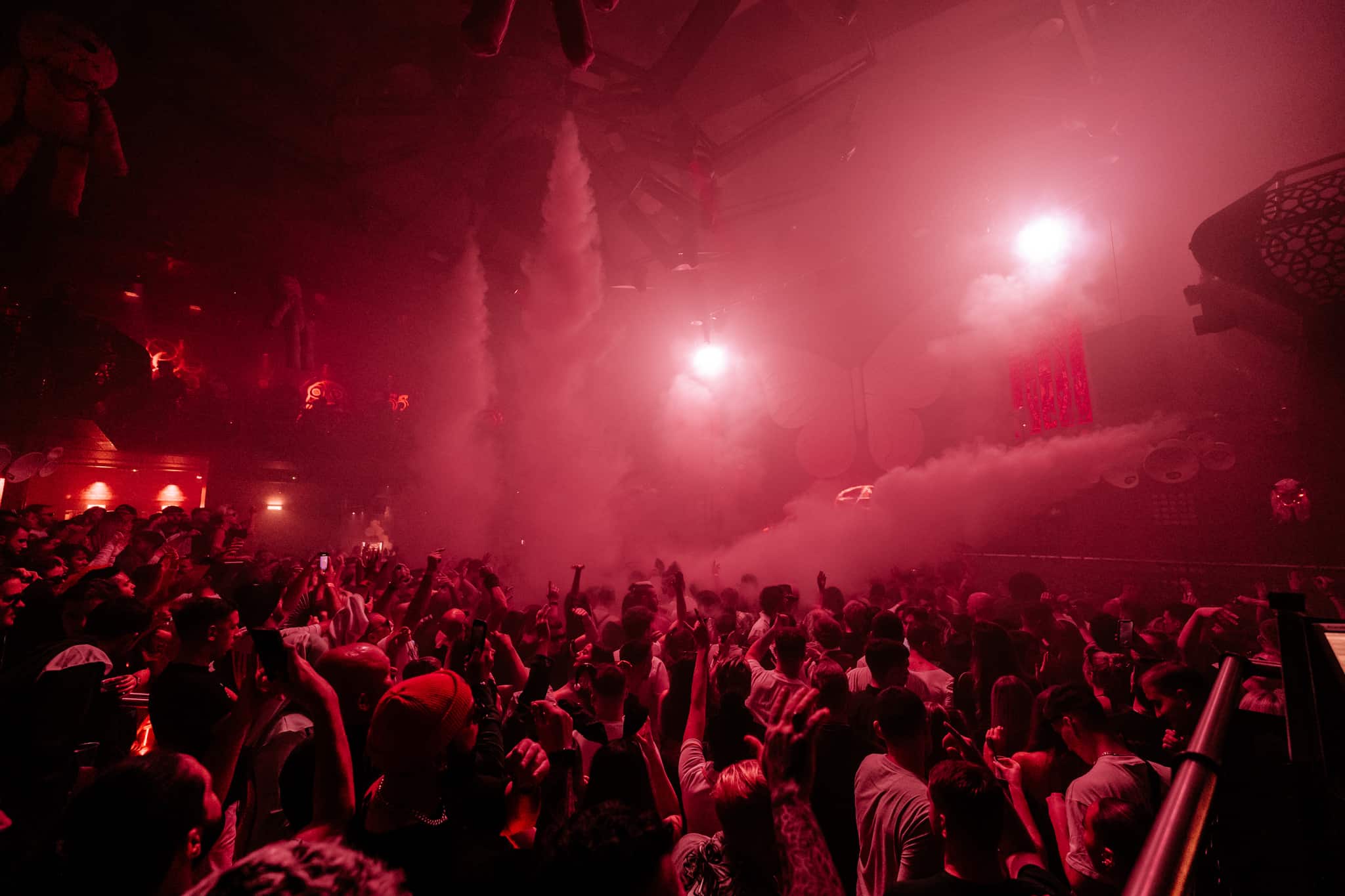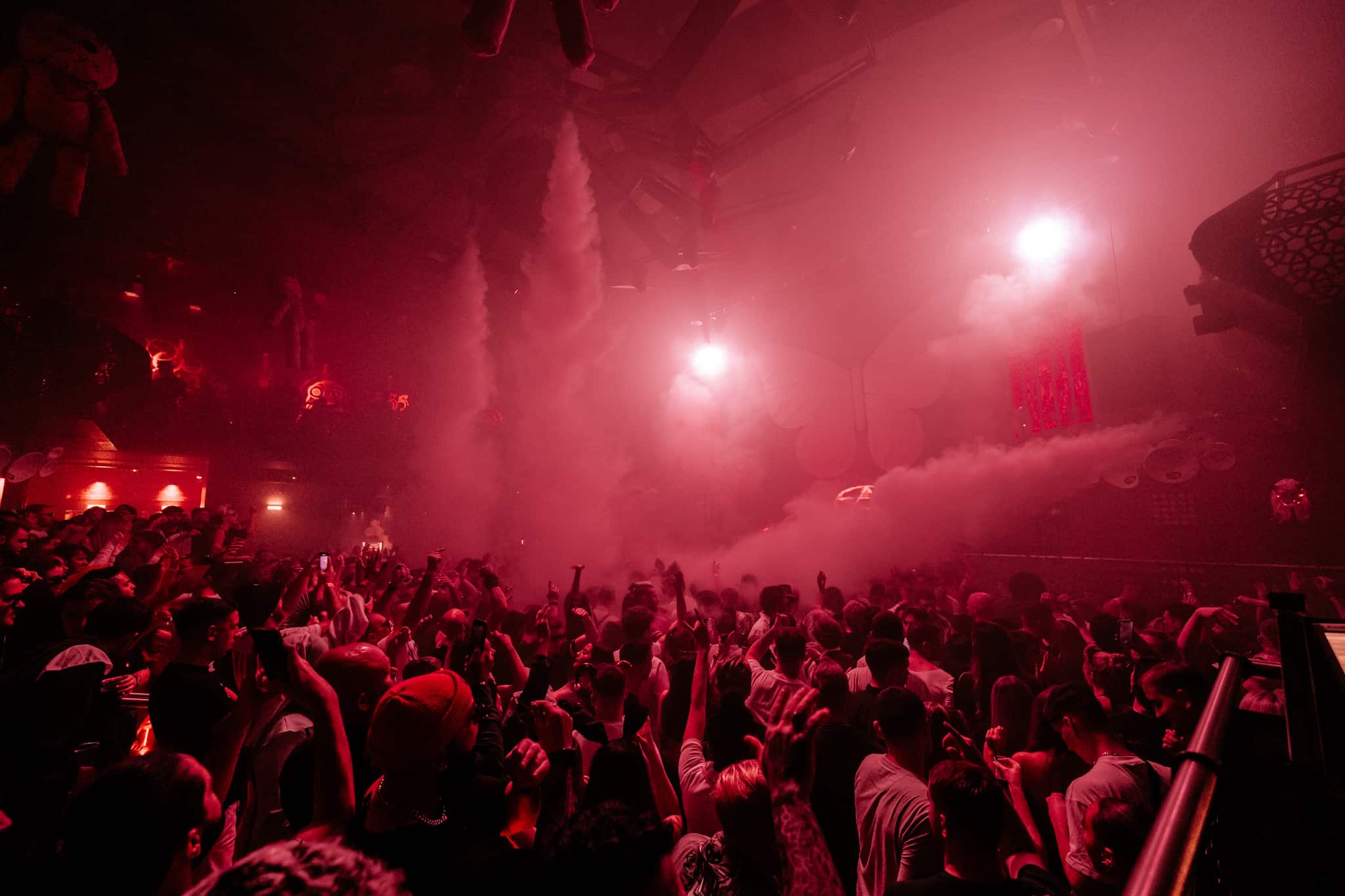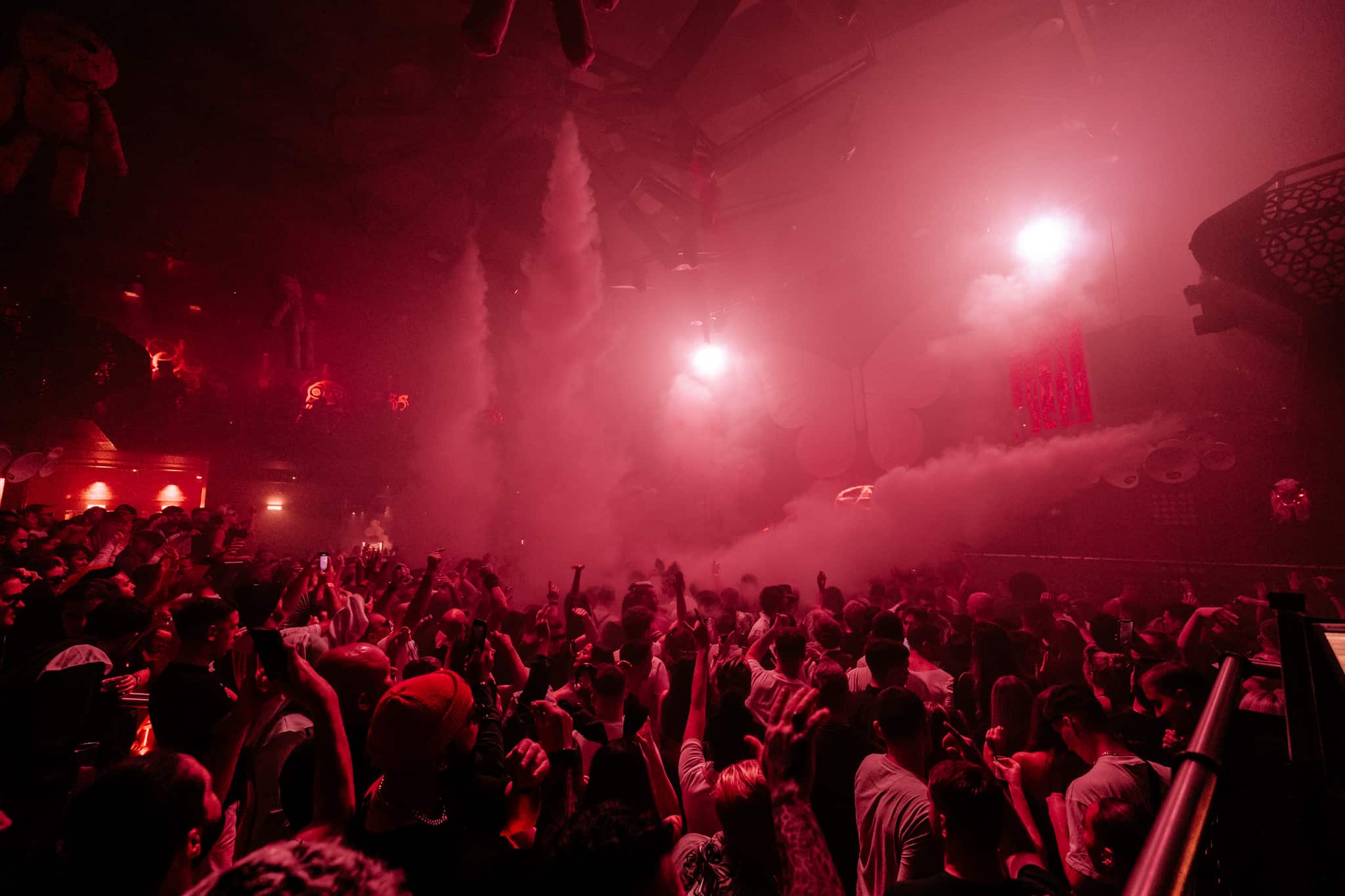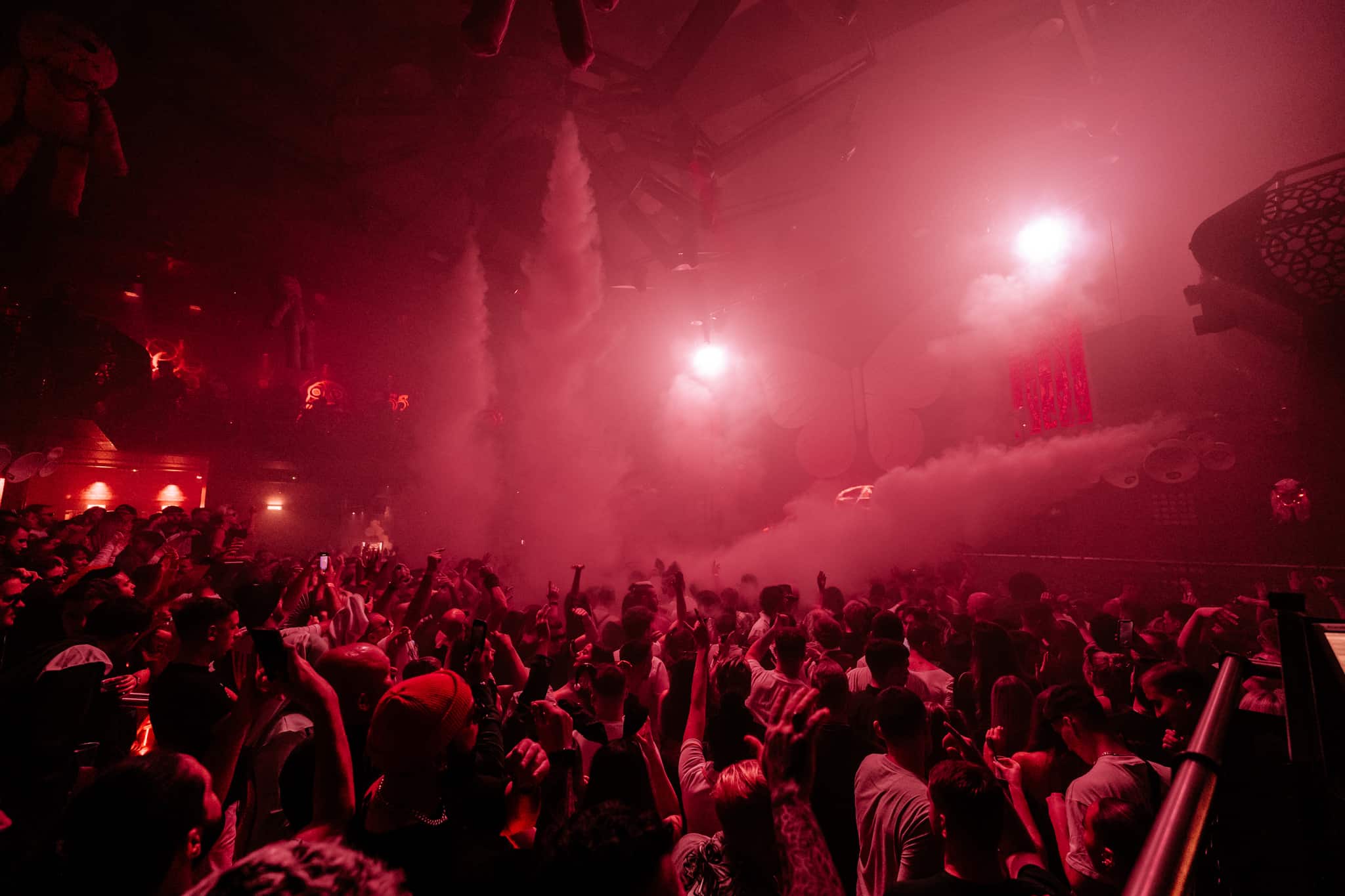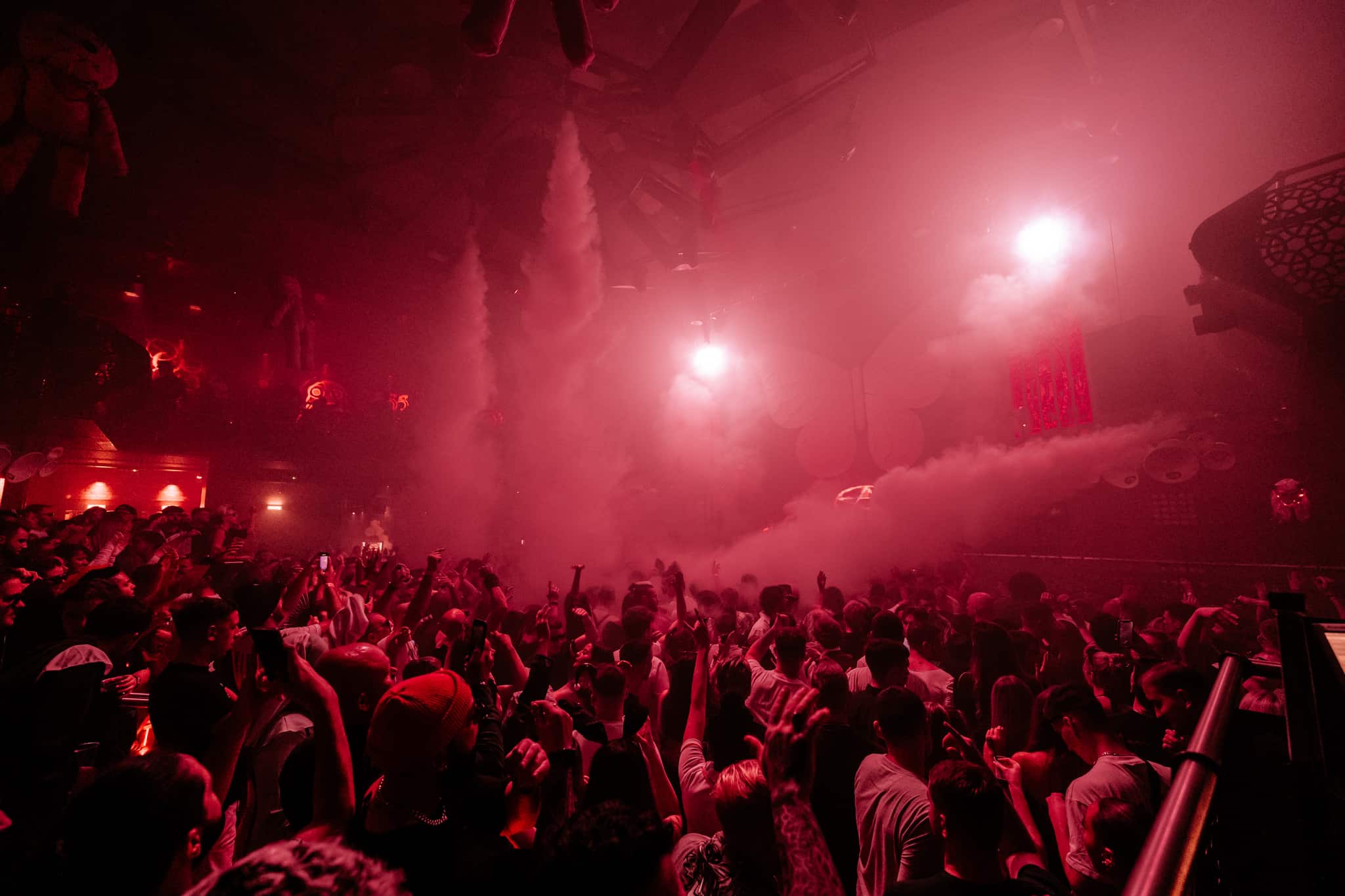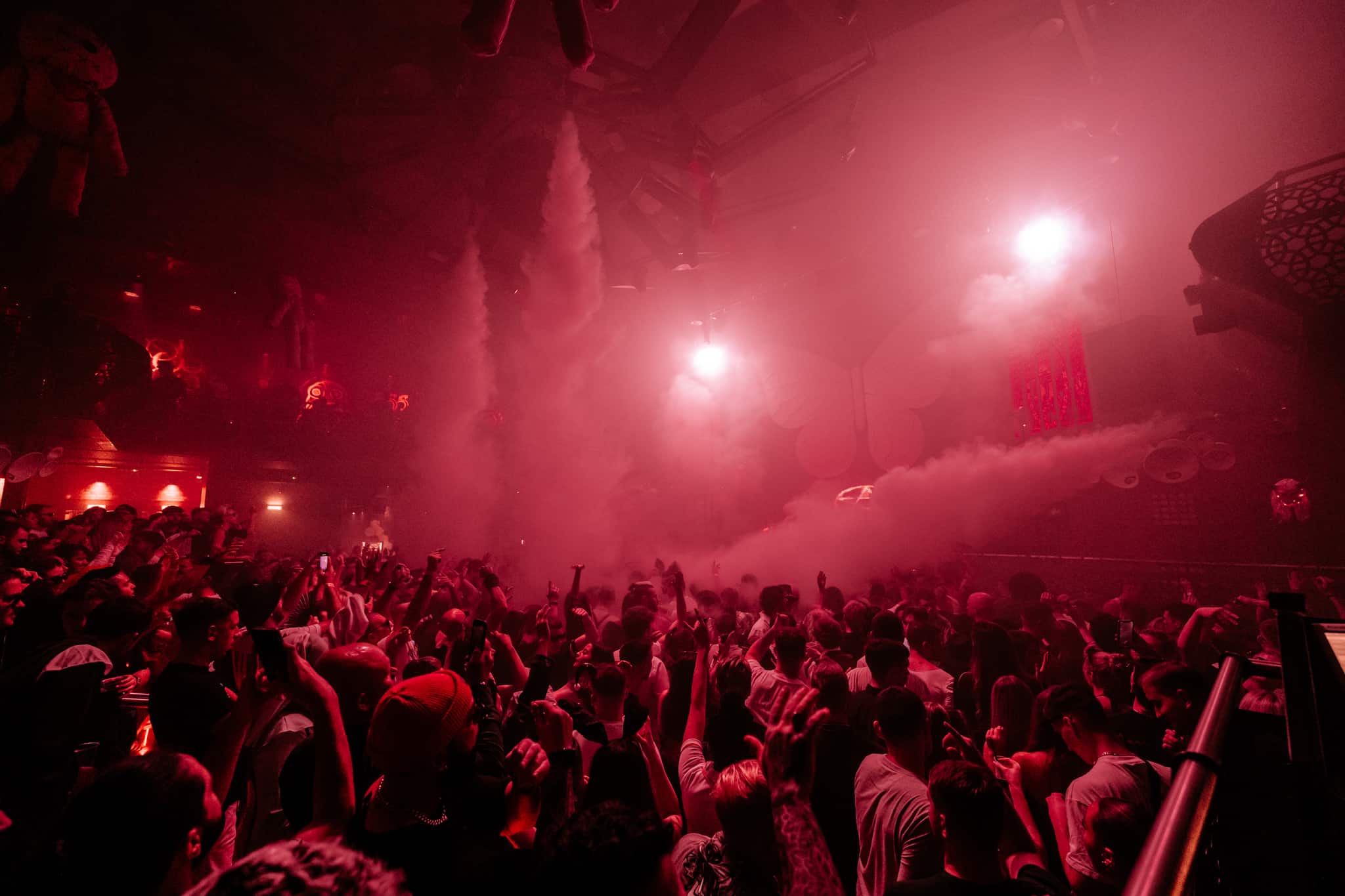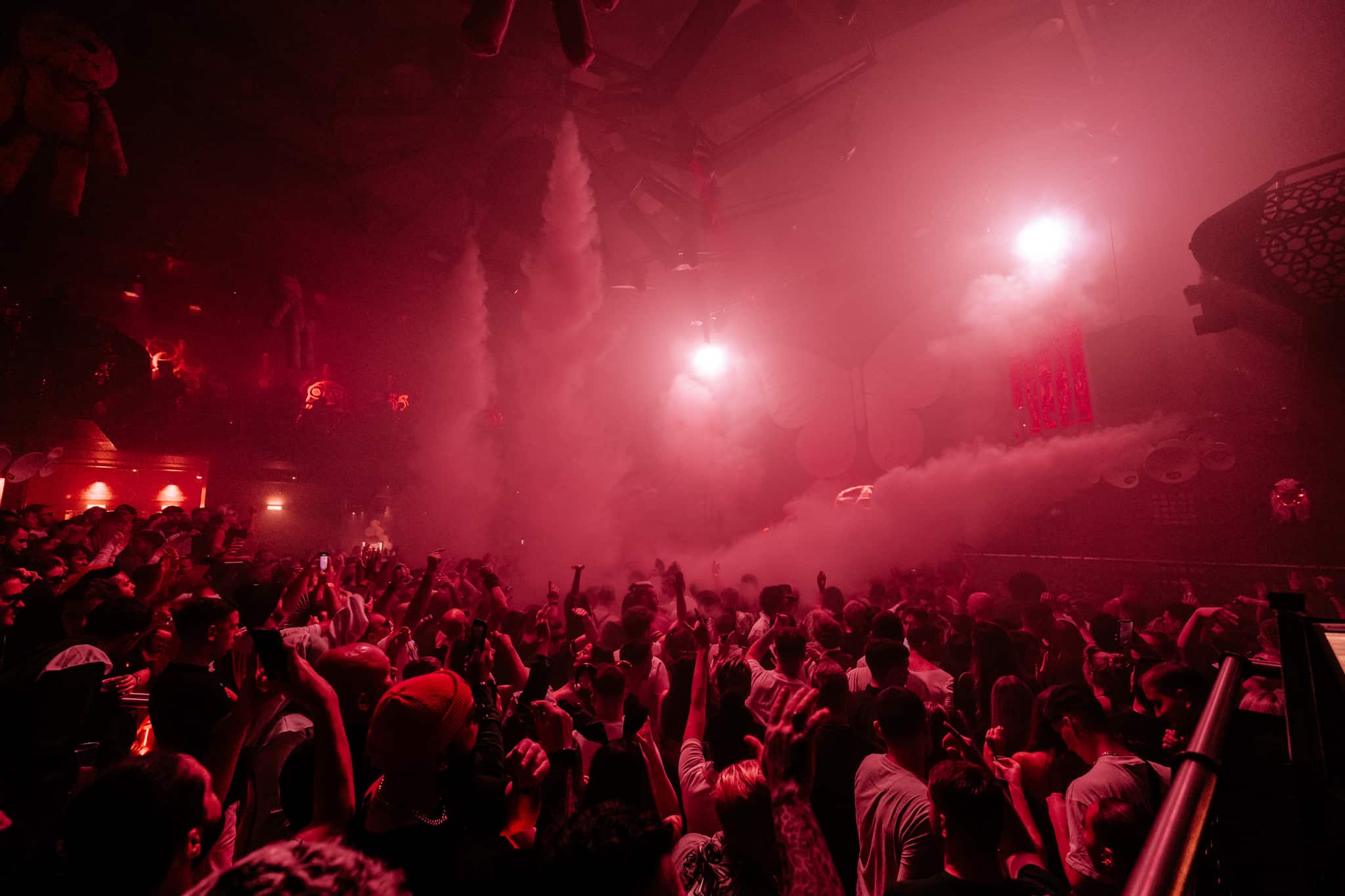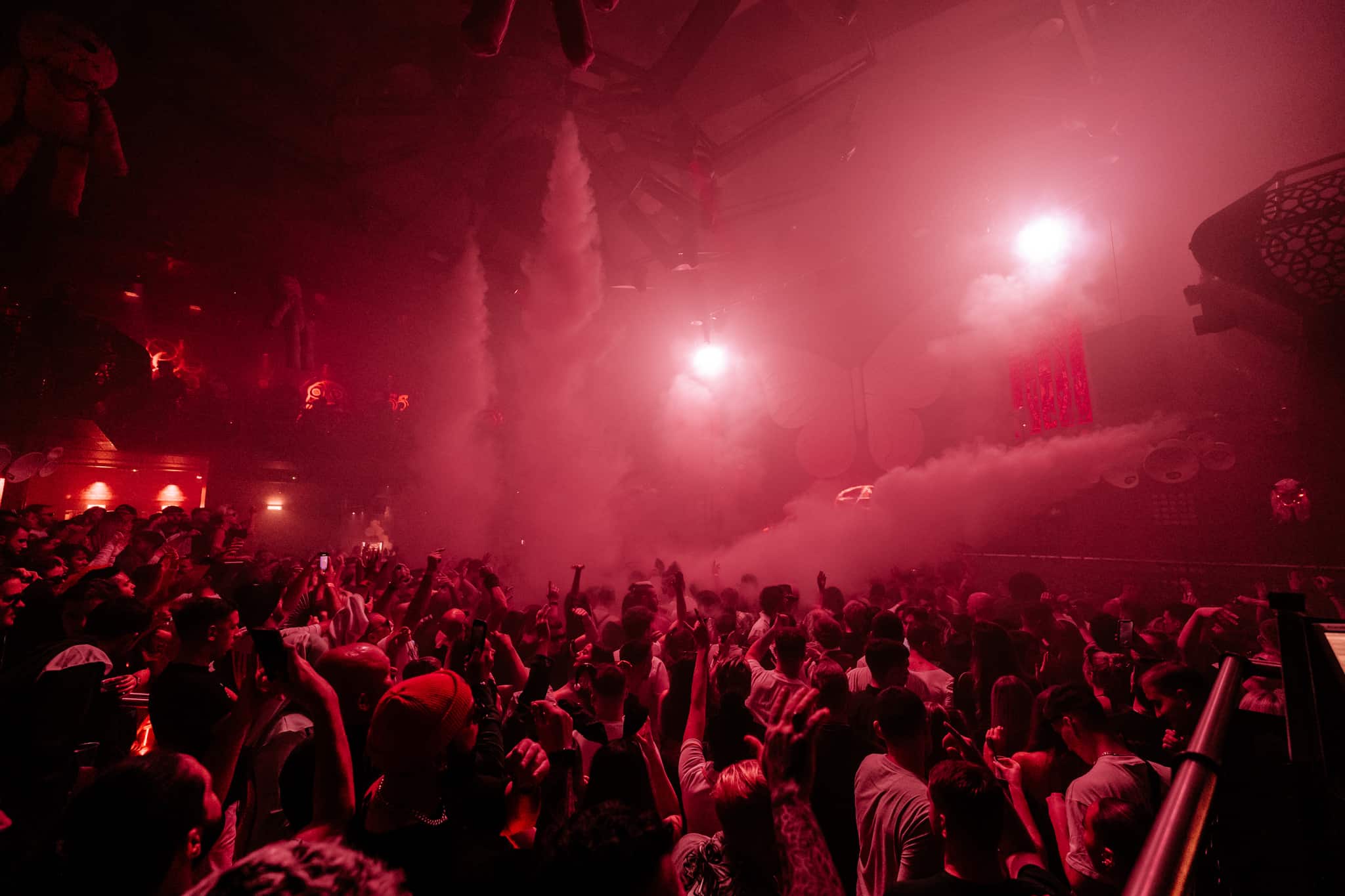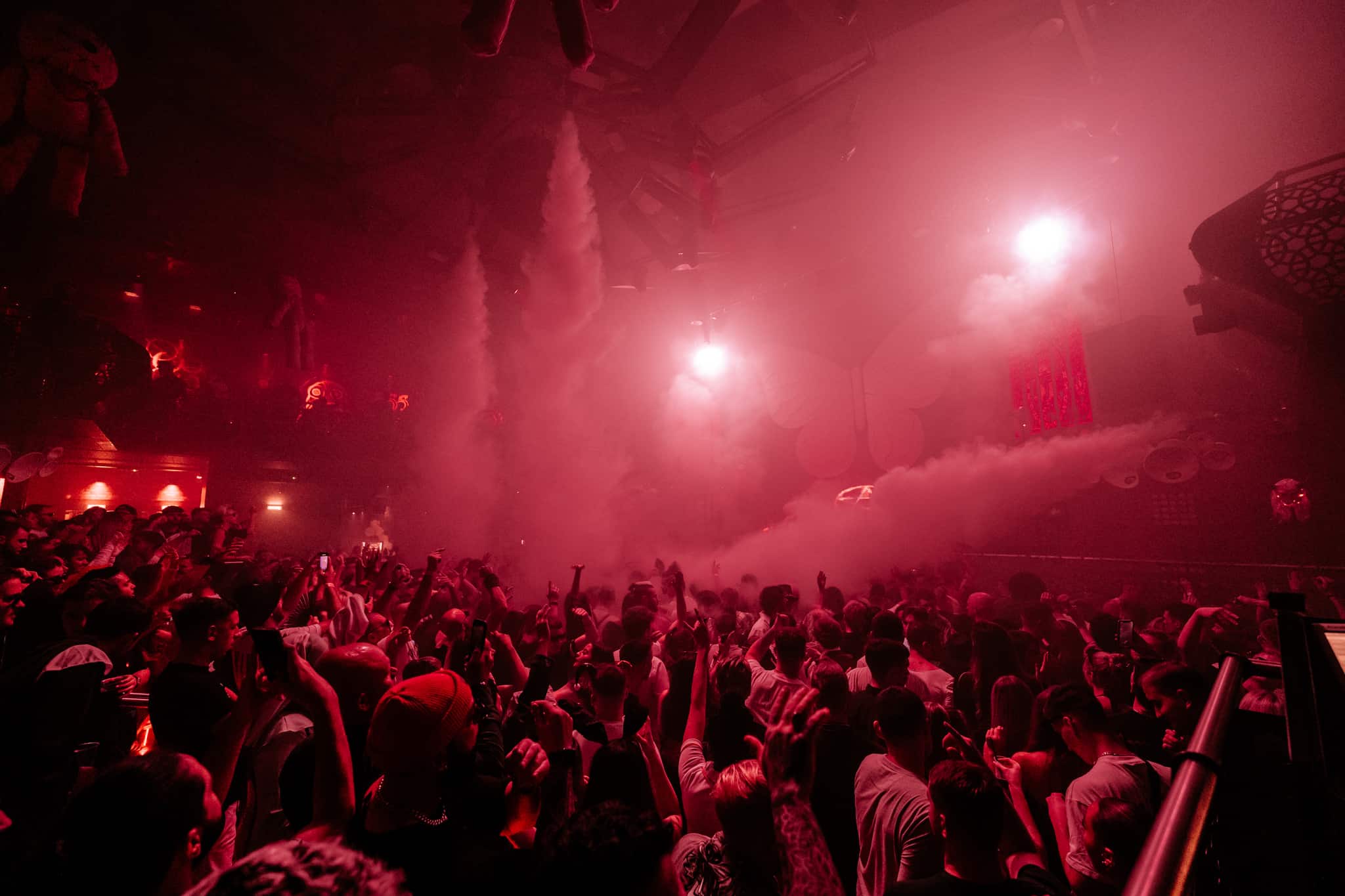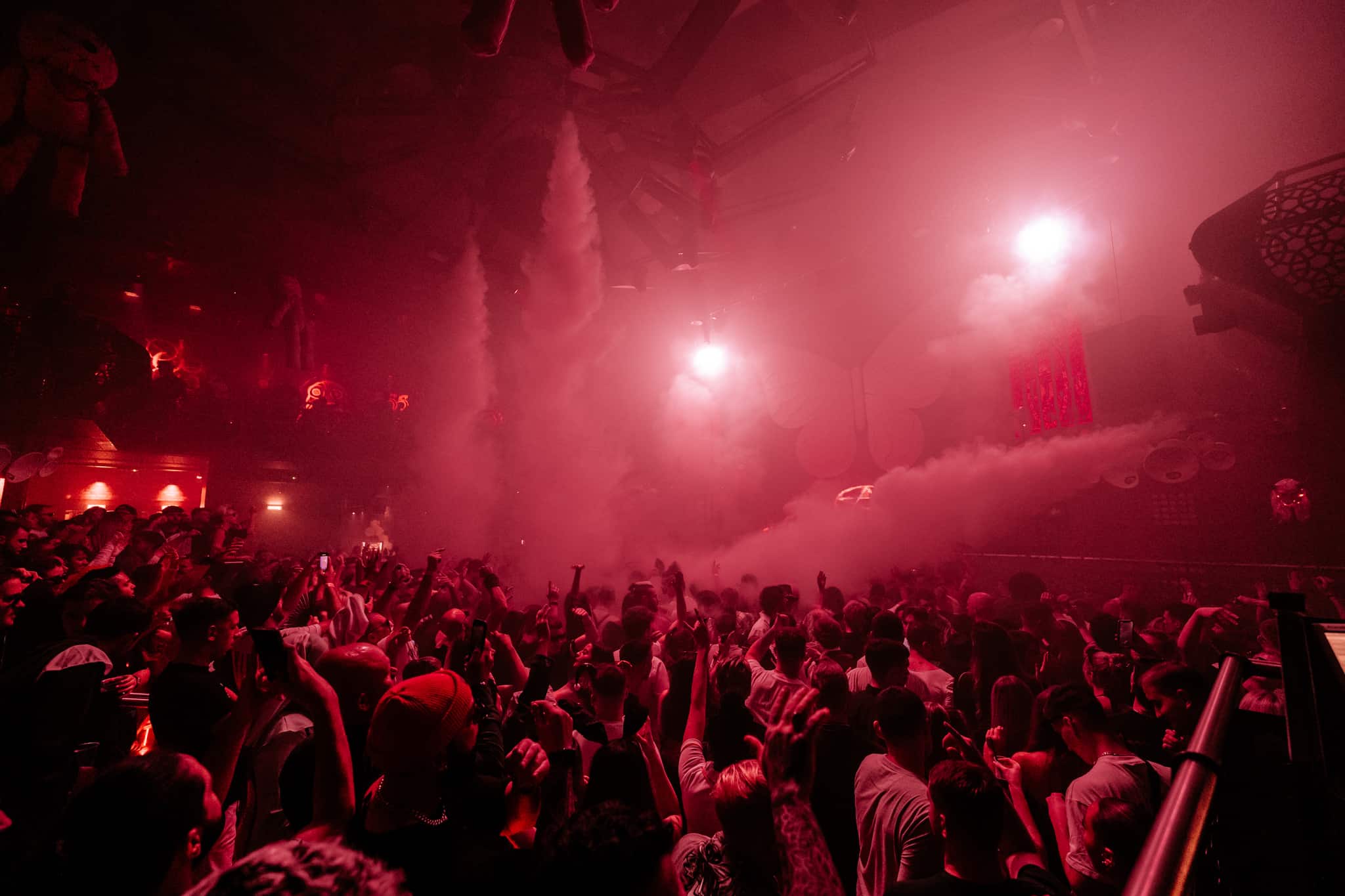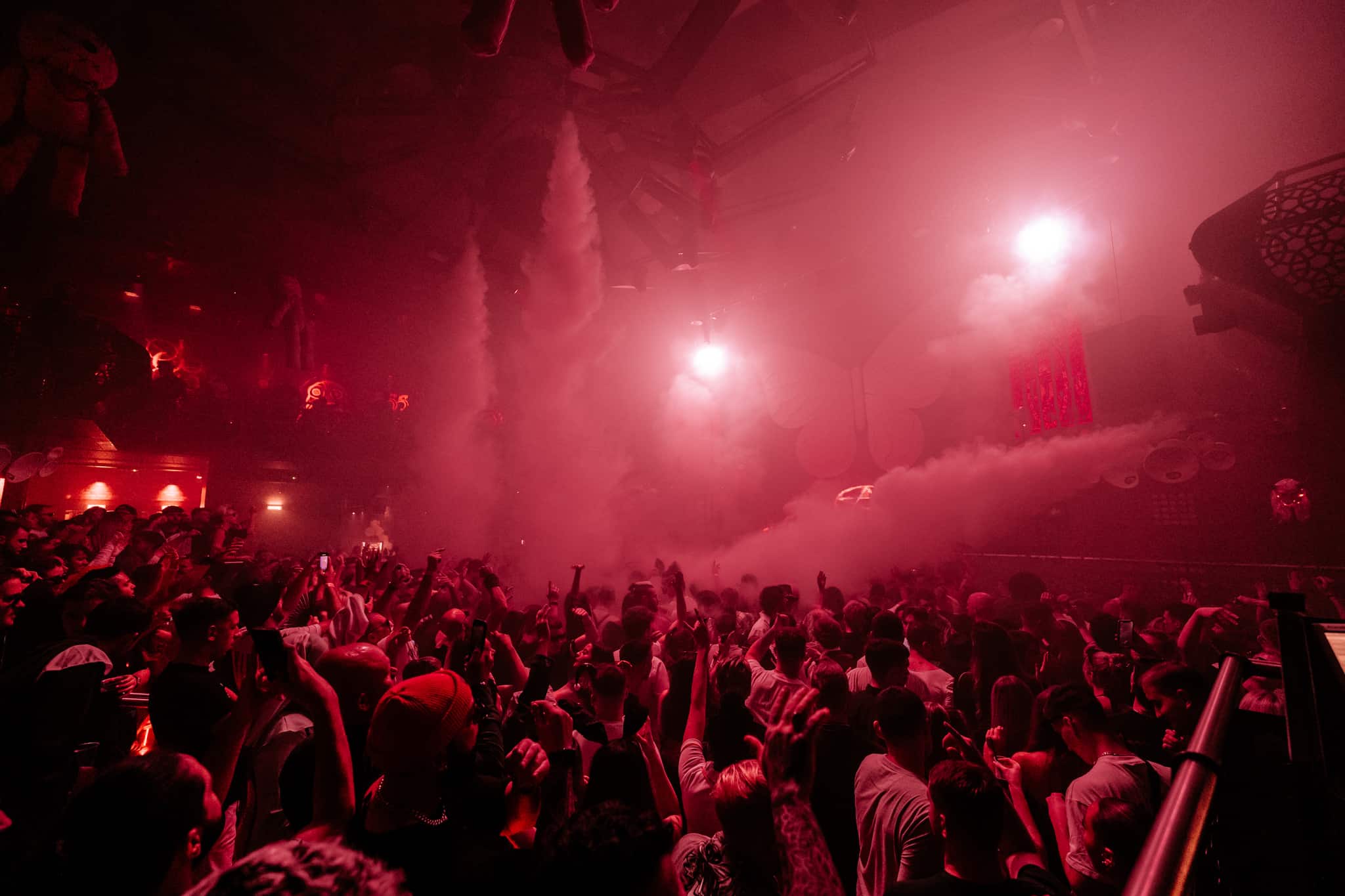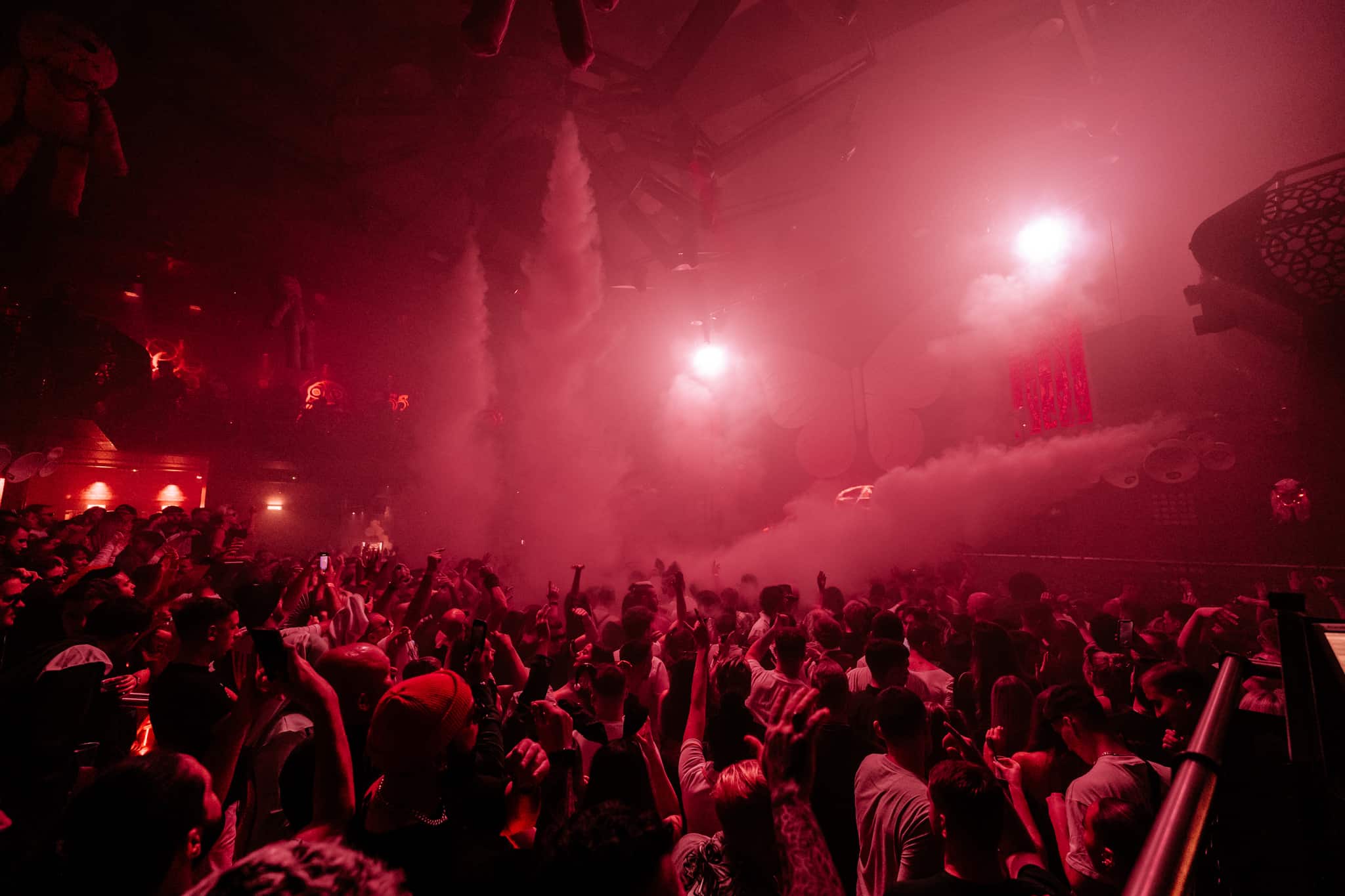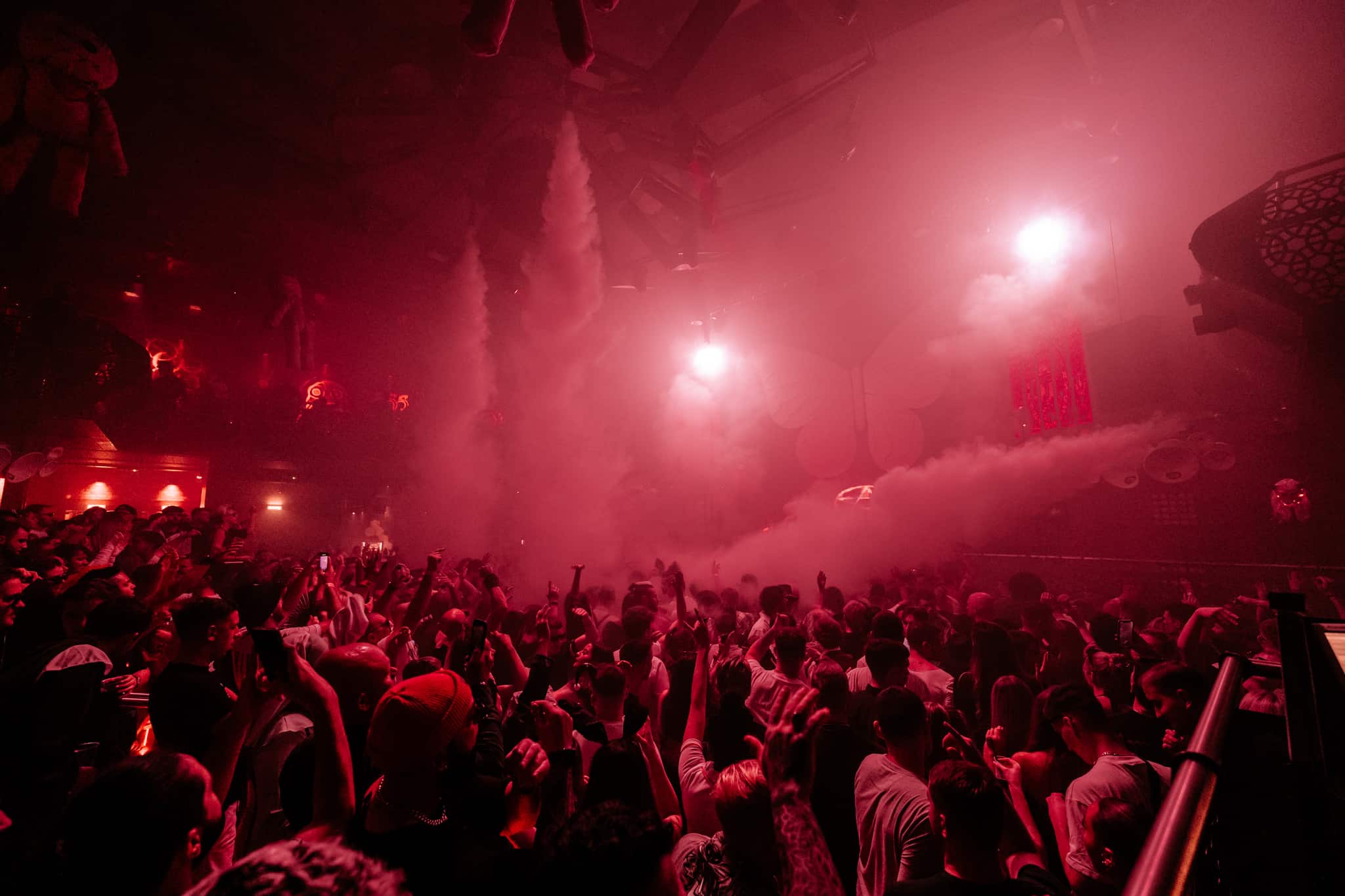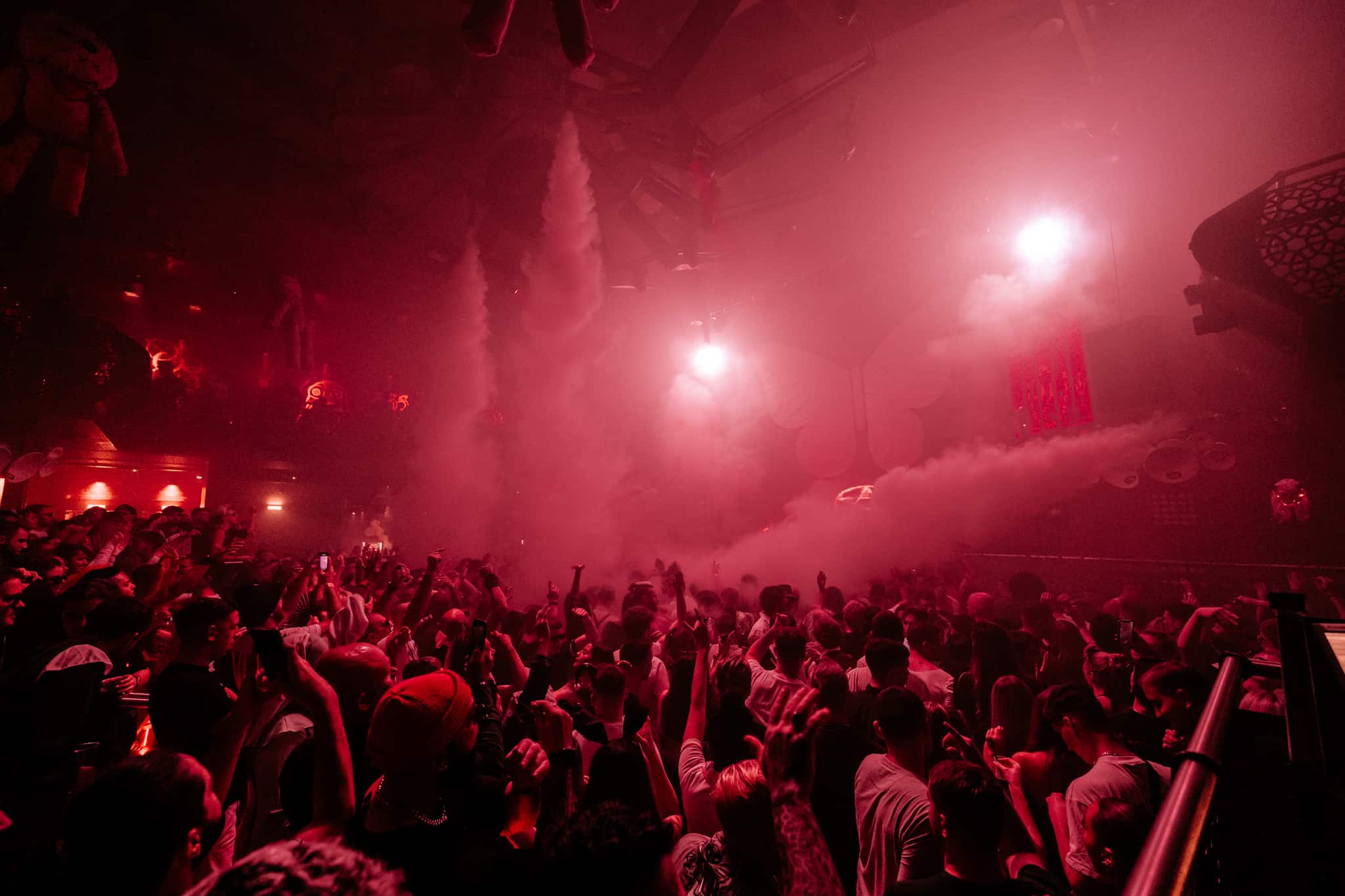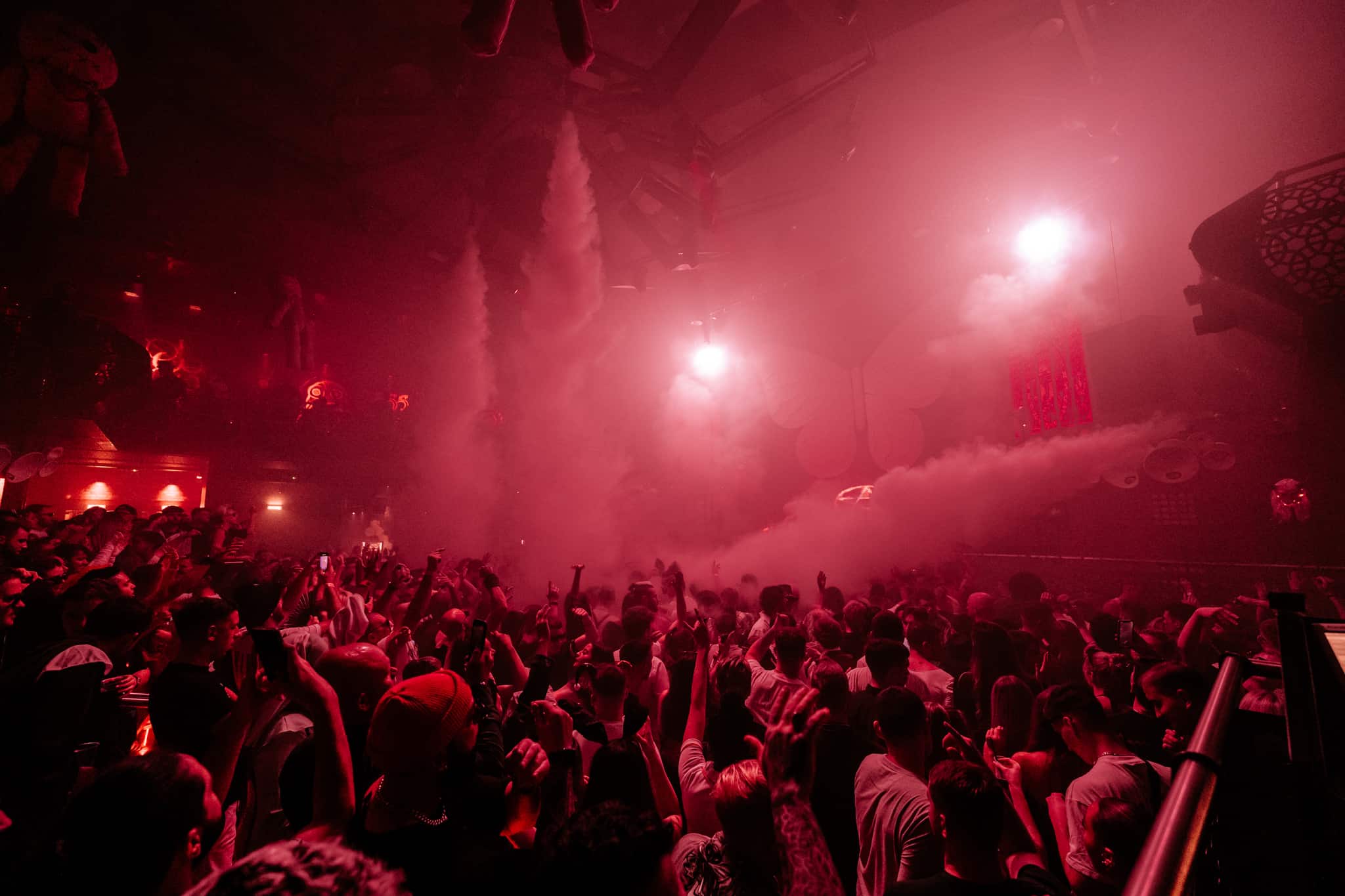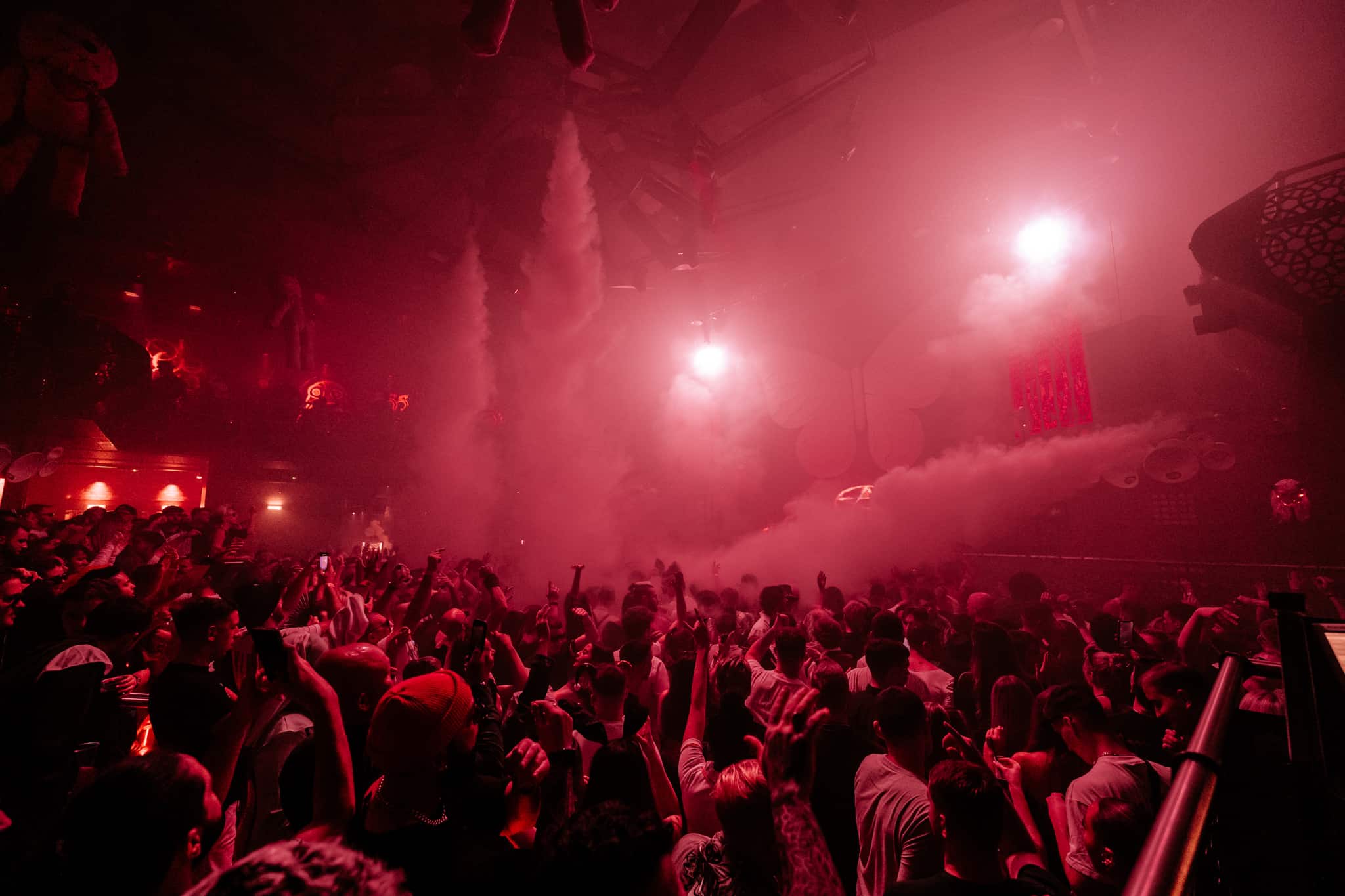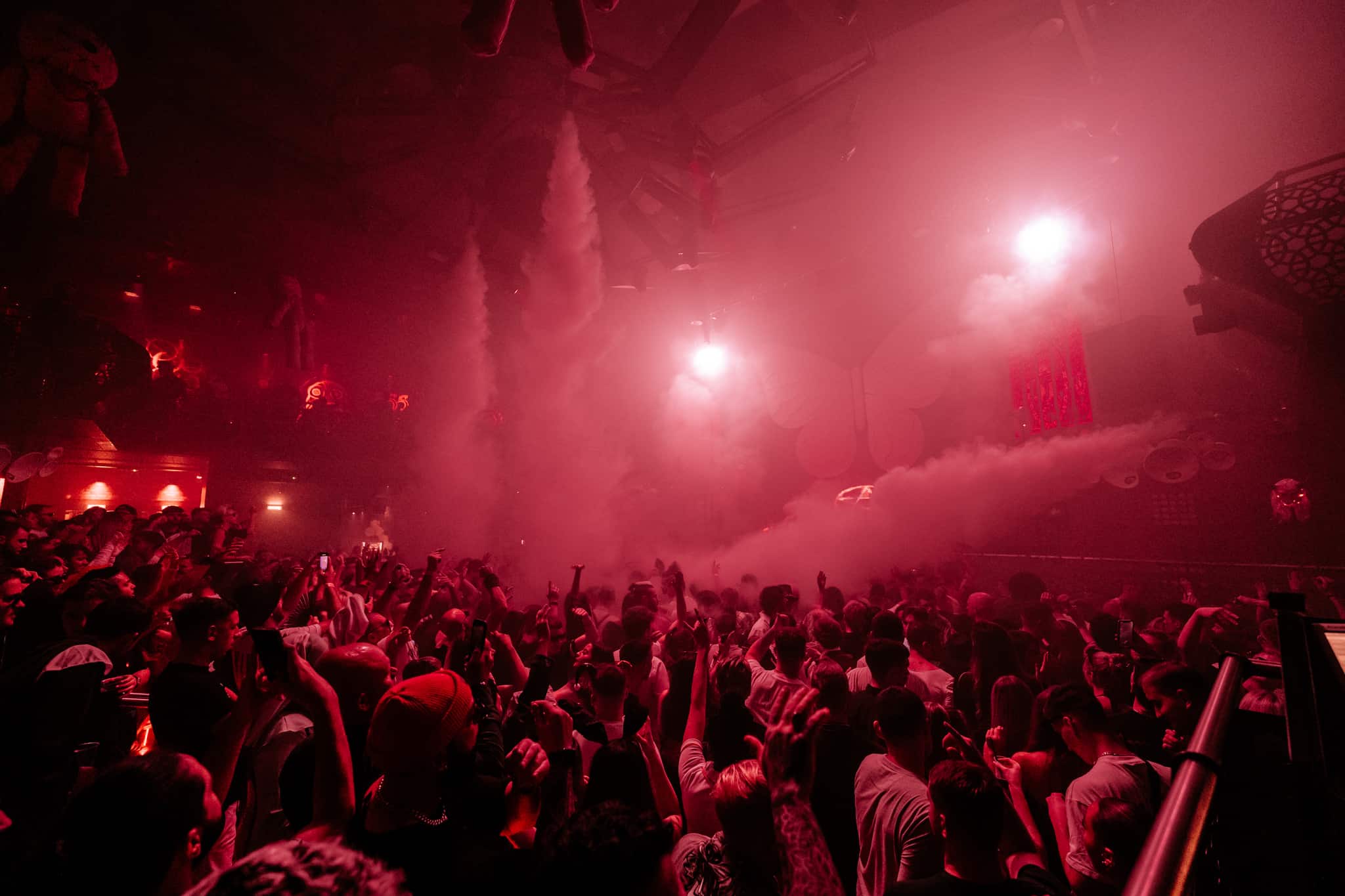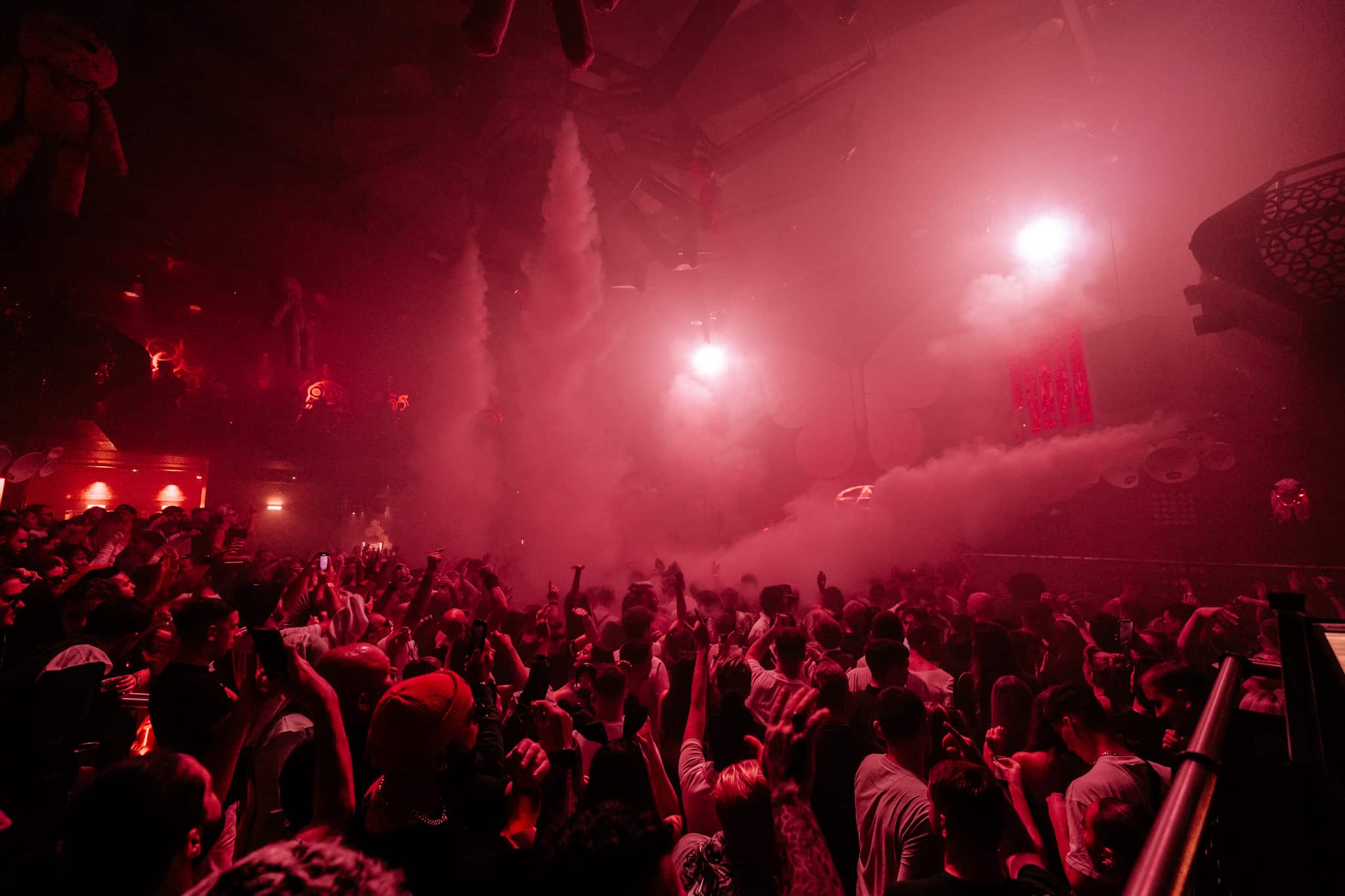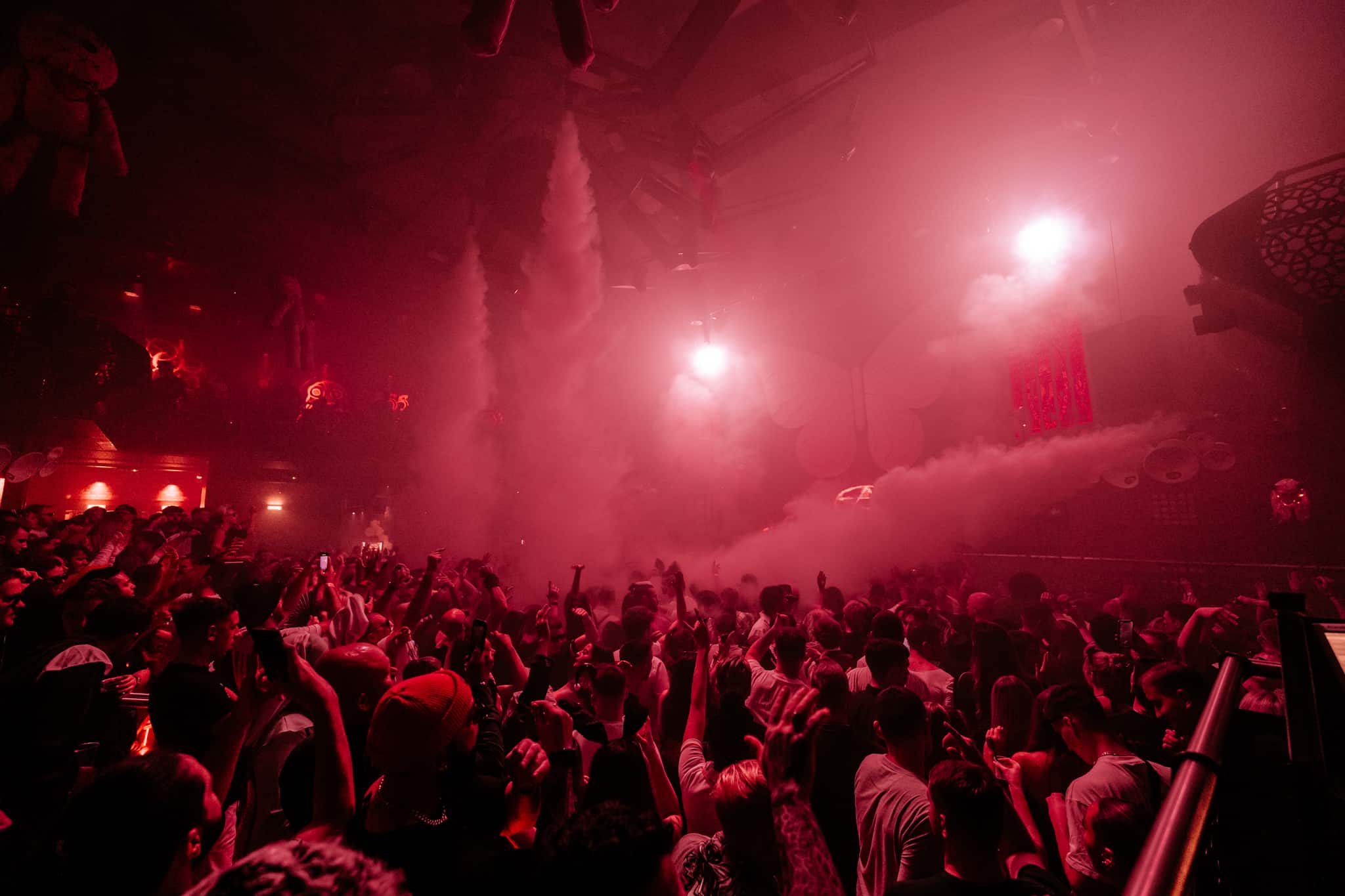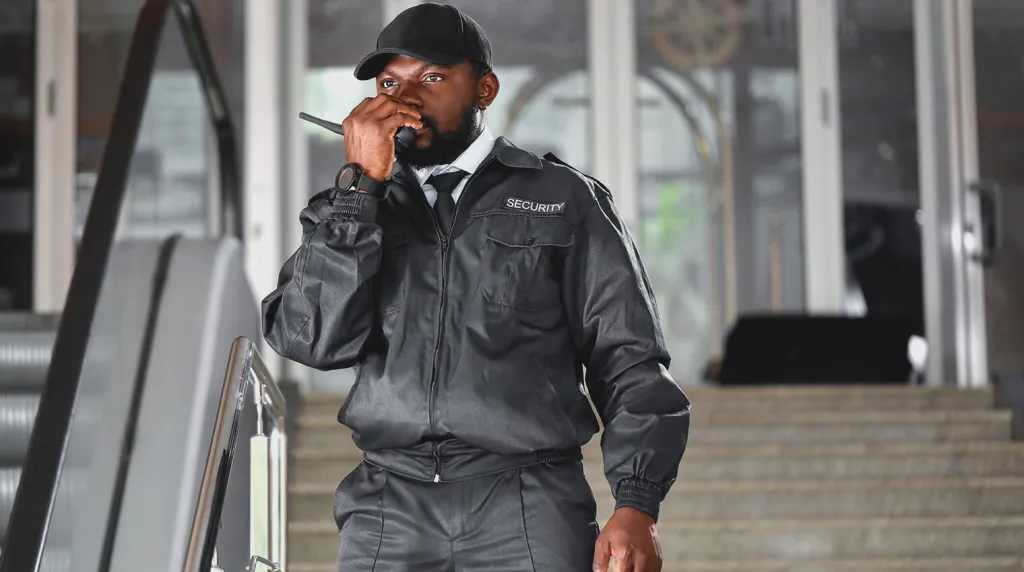Rooftop Nightclub Insurance: Elevated Venue Specialized Protection
Specialized insurance solutions for rooftop nightclubs and elevated entertainment venues
The Unique Appeal and Risks of Rooftop Nightclubs
Rooftop nightclubs represent the pinnacle of urban entertainment, offering patrons breathtaking city views, open-air ambiance, and an elevated social experience that commands premium pricing. These venues have become increasingly popular in major UK cities, transforming underutilized rooftop spaces into sophisticated entertainment destinations that attract discerning clientele seeking unique nightlife experiences.
However, the elevated nature of rooftop venues creates a complex risk profile that requires specialized insurance coverage far beyond standard nightclub policies. From weather-related exposures to structural considerations, emergency evacuation challenges, and enhanced safety requirements, rooftop nightclubs face unique operational hazards that can result in significant liability claims, property damage, and business interruption.
The combination of alcohol service, elevated locations, weather exposure, and sophisticated clientele creates liability exposures that require careful risk assessment and comprehensive insurance protection. Operators must navigate challenges including wind exposure, temperature extremes, precipitation risks, and the inherent dangers of operating entertainment venues at height.
Modern rooftop nightclubs often feature retractable roofs, glass barriers, sophisticated heating and cooling systems, and premium furnishings that represent substantial investments requiring specialized property coverage. The integration of indoor and outdoor spaces, combined with the need for weather-resistant equipment and furnishings, creates unique coverage requirements that standard commercial policies may not adequately address.
Elevated Risk Factors for Rooftop Venues
Weather-Related Exposures
Rooftop nightclubs face constant exposure to weather conditions that can create immediate safety hazards and long-term operational challenges:
Wind Exposure: High winds at elevated locations can create dangerous conditions for patrons, particularly those under the influence of alcohol. Loose objects, furniture, and decorative elements can become projectiles, while strong gusts can cause patrons to lose balance near barriers or edges. Wind exposure also affects structural elements including canopies, umbrellas, and temporary structures that may not be designed for elevated wind loads.
Precipitation Risks: Rain, snow, and ice create slip hazards that are amplified by elevation and alcohol consumption. Wet surfaces become extremely dangerous, while drainage issues can lead to standing water that creates both immediate safety hazards and long-term structural damage. Rooftop venues must maintain effective drainage systems and have procedures for rapid surface treatment during weather events.
Temperature Extremes: Rooftop locations experience more extreme temperatures than ground-level venues, affecting both patron comfort and equipment operation. Heating systems must work harder in winter, while cooling systems face greater challenges in summer. Temperature-related equipment failures can force closure during peak operating periods.
Lightning and Electrical Storms: Elevated locations face increased lightning strike risk, requiring specialized electrical protection systems and emergency evacuation procedures. Electrical storms can create immediate danger for patrons and staff while potentially damaging expensive electronic equipment.
Structural and Safety Considerations
The elevated nature of rooftop venues creates unique structural challenges that directly impact insurance requirements:
Load-Bearing Capacity: Rooftop venues must carefully manage weight distribution from patrons, furniture, equipment, and temporary structures. Exceeding load limits can cause structural damage or catastrophic failure. Insurance must account for the specialized engineering requirements and potential for structural claims.
Barrier and Railing Systems: Safety barriers must meet stringent height and strength requirements while maintaining aesthetic appeal. Barrier failures can result in catastrophic fall incidents with severe injury or fatality potential. Regular inspection and maintenance of barrier systems is crucial for both safety and insurance compliance.
Access and Egress Challenges: Limited access routes to rooftop venues create emergency evacuation challenges, particularly when patrons are intoxicated or panicked. Stairwells, elevators, and emergency exits must be carefully managed to prevent bottlenecks during emergencies.
Fire Safety Complexities: Rooftop venues face unique fire safety challenges including limited emergency service access, wind-driven fire spread, and evacuation difficulties. Fire suppression systems must be designed for outdoor conditions while maintaining effectiveness in various weather scenarios.
Equipment and Infrastructure Risks
Rooftop nightclubs require specialized equipment designed to withstand outdoor conditions while delivering premium entertainment experiences:
Weather-Resistant Sound Systems: Audio equipment must function reliably in outdoor conditions while protecting against moisture, temperature extremes, and wind interference. Equipment failures during events can result in customer refunds and reputation damage.
Lighting and Visual Systems: Sophisticated lighting systems create ambiance but face challenges from weather exposure, wind movement, and temperature variations. LED systems, projection equipment, and decorative lighting require specialized protection and maintenance.
Climate Control Systems: Heating, cooling, and ventilation systems for rooftop venues must overcome significant environmental challenges while maintaining patron comfort. System failures can force closure during extreme weather conditions.
Retractable Roof Systems: Many modern rooftop venues feature retractable roofs or canopies that provide weather protection while maintaining open-air ambiance. These complex mechanical systems require specialized maintenance and present unique failure risks.
Comprehensive Insurance Coverage for Rooftop Nightclubs
Enhanced Public Liability Protection
Rooftop nightclubs require significantly higher public liability coverage limits due to the elevated risk of serious incidents:
Fall-Related Claims: The most serious risk facing rooftop venues is patron falls from height, which can result in catastrophic injuries or fatalities. Coverage must account for potential multi-million-pound claims including medical expenses, long-term care costs, and substantial compensation awards. Minimum coverage should start at £5 million, with many operators choosing £10 million or higher limits.
Weather-Related Incidents: Claims arising from weather-related accidents including slip and fall incidents on wet surfaces, injuries from wind-blown objects, and incidents during severe weather events. Coverage should include protection for decisions to remain open during marginal weather conditions.
Structural Failure Claims: Protection against claims arising from barrier failures, deck collapses, or other structural incidents. These claims can involve multiple parties and result in substantial compensation awards.
Evacuation-Related Injuries: Incidents occurring during emergency evacuations, including injuries in stairwells, elevator failures, and crowd-related accidents during emergency situations.
Noise and Nuisance Claims: Rooftop venues may face claims from neighboring properties regarding noise pollution, light pollution, or other nuisance issues. Coverage should include legal defense costs and potential compensation awards.
Specialized Property Insurance
Rooftop venue property insurance must address unique exposures not found in traditional nightclub coverage:
Weather Damage Protection: Comprehensive coverage for damage from wind, rain, hail, snow, and ice. This includes damage to furniture, equipment, decorative elements, and structural components. Policies should cover both sudden weather events and gradual weather-related deterioration.
Specialized Equipment Coverage: Protection for weather-resistant sound systems, outdoor lighting, heating and cooling equipment, and retractable roof systems. Coverage should include replacement costs for equipment designed for outdoor use, which typically costs significantly more than indoor equivalents.
Furniture and Fixtures: Outdoor furniture, decorative elements, and fixtures face constant weather exposure and require frequent replacement. Coverage should account for the premium costs of weather-resistant materials and specialized outdoor furniture.
Temporary Structure Protection: Coverage for temporary structures including tents, canopies, stages, and seasonal installations that may be used for special events or weather protection.
Landscaping and Decorative Elements: Many rooftop venues feature elaborate landscaping, water features, and decorative installations that require specialized coverage for weather damage, vandalism, and maintenance issues.
Business Interruption for Weather Dependencies
Rooftop nightclubs face unique business interruption risks due to weather dependency and seasonal operations:
Weather-Related Closures: Coverage for lost revenue when venues must close due to severe weather conditions including high winds, storms, extreme temperatures, or dangerous weather warnings. Policies should recognize that rooftop venues may need to close in conditions that wouldn't affect ground-level establishments.
Seasonal Variations: Business interruption coverage should account for seasonal revenue patterns, with higher coverage during peak operating months and adjusted coverage during traditionally quieter periods.
Equipment Failure Impact: Coverage for lost revenue when critical systems fail, including heating systems during cold weather, cooling systems during hot weather, or retractable roof systems during unpredictable weather.
Access Disruption: Protection for situations where patron access is compromised due to elevator failures, stairwell damage, or other access-related issues that prevent normal operations.
Utility Failures: Enhanced coverage for utility disruptions that may have greater impact on rooftop venues, including power failures affecting climate control systems and water supply issues affecting restroom facilities.
Employers' Liability for High-Risk Environment
Staff working in rooftop nightclubs face elevated risks that require enhanced employers' liability coverage:
Height-Related Injuries: Coverage for staff injuries from falls, including maintenance workers, security personnel, and service staff who may work near edges or barriers. This includes both accidental falls and injuries during emergency situations.
Weather Exposure Claims: Protection for staff injuries related to weather exposure, including heat-related illness, cold exposure, and injuries from weather events. Staff may be required to work in challenging weather conditions to maintain patron safety.
Equipment-Related Injuries: Coverage for injuries from specialized rooftop equipment including retractable roof systems, heating and cooling equipment, and weather-resistant audio-visual systems.
Stress and Mental Health: The high-pressure environment of rooftop venues, combined with safety responsibilities and weather-related challenges, can contribute to stress-related conditions requiring appropriate coverage.
Emergency Response Injuries: Coverage for injuries sustained during emergency evacuations, severe weather responses, and other crisis situations that may be more complex in rooftop environments.
Regulatory Compliance and Safety Requirements
Building and Planning Regulations
Rooftop nightclubs must comply with stringent building regulations that directly impact insurance requirements:
Structural Engineering Requirements: Rooftop venues require specialized structural engineering assessments to ensure safe load-bearing capacity for patrons, equipment, and temporary structures. Regular structural inspections may be required to maintain insurance coverage.
Fire Safety Compliance: Enhanced fire safety requirements including specialized suppression systems, emergency lighting, and evacuation procedures designed for elevated locations. Compliance with fire safety regulations is essential for insurance coverage validity.
Accessibility Requirements: Ensuring compliance with disability access legislation while maintaining safety standards for elevated venues. This may require specialized equipment and procedures that impact insurance considerations.
Planning Permission Conditions: Many rooftop venues operate under specific planning conditions that may include operating hour restrictions, capacity limits, and noise management requirements that affect insurance coverage.
Licensing and Operational Requirements
Rooftop nightclub licensing involves additional considerations beyond standard venue licenses:
Enhanced Safety Conditions: Licensing authorities may impose additional safety conditions on rooftop venues including enhanced security requirements, weather monitoring procedures, and emergency response protocols.
Noise Management: Stricter noise control requirements due to elevated location and potential impact on surrounding properties. Sound limiting systems and monitoring procedures may be required.
Capacity Management: More restrictive capacity limits based on evacuation capabilities and structural limitations. Accurate capacity monitoring systems are essential for compliance and safety.
Weather Monitoring Requirements: Some licensing authorities require rooftop venues to maintain weather monitoring systems and have procedures for closing during dangerous conditions.
Health and Safety Obligations
Rooftop venues face enhanced health and safety obligations that create additional insurance considerations:
Risk Assessment Requirements: Comprehensive risk assessments must address unique rooftop hazards including weather exposure, height-related risks, and emergency evacuation challenges.
Staff Training Obligations: Enhanced training requirements for staff working in elevated environments, including height safety, weather awareness, and emergency response procedures.
Equipment Safety Standards: All equipment must meet enhanced safety standards for outdoor use, including weather resistance, wind loading, and electrical safety requirements.
Emergency Preparedness: Detailed emergency response procedures addressing weather events, evacuation procedures, and coordination with emergency services for elevated locations.
Specialized Risk Management Strategies
Weather Monitoring and Response Systems
Effective weather management is crucial for rooftop venue safety and insurance compliance:
Real-Time Weather Monitoring: Install professional weather monitoring systems that provide real-time data on wind speed, precipitation, temperature, and storm activity. Automated alerts can trigger safety procedures before conditions become dangerous.
Weather Response Protocols: Develop detailed procedures for responding to various weather conditions, including criteria for closure, patron evacuation, and equipment protection. Clear protocols demonstrate proactive risk management to insurers.
Communication Systems: Maintain reliable communication systems that function in all weather conditions, including backup power supplies and weather-resistant equipment.
Seasonal Preparation: Implement comprehensive seasonal preparation procedures including equipment winterization, heating system maintenance, and weather protection installation.
Enhanced Safety Systems
Rooftop venues require sophisticated safety systems that exceed standard nightclub requirements:
Barrier and Railing Systems: Install barriers that exceed minimum height requirements and undergo regular structural inspections. Consider glass barriers that provide safety while maintaining views, but ensure they meet impact resistance standards.
Lighting and Visibility: Maintain adequate lighting levels throughout the venue, including emergency lighting systems that function during power failures. Ensure all potential hazards are clearly visible to patrons.
Non-Slip Surfaces: Install specialized non-slip flooring materials designed for outdoor use and wet conditions. Regular maintenance and treatment of surfaces is essential, particularly in areas prone to moisture accumulation or frequent cleaning.
Wind Protection Systems: Install windbreaks, screens, or barriers that provide protection from strong winds while maintaining the open-air atmosphere. These systems should be designed to withstand expected wind loads and undergo regular structural inspections.
Emergency Equipment: Maintain specialized emergency equipment including weather-resistant first aid supplies, emergency communication devices, and evacuation assistance equipment designed for elevated locations.
Capacity and Crowd Management
Rooftop venues require enhanced crowd management systems due to space constraints and evacuation challenges:
Dynamic Capacity Management: Implement systems that adjust capacity limits based on weather conditions, with lower limits during high winds or adverse weather. Real-time monitoring ensures compliance with safety requirements.
Evacuation Planning: Develop detailed evacuation procedures that account for limited exit routes and potential patron impairment. Regular evacuation drills help identify bottlenecks and improve response times.
Queue Management: Organize patron flow to prevent overcrowding in critical areas, particularly near barriers, exits, and stairwells. Clear signage and staff positioning help maintain safe movement patterns.
VIP and Quiet Areas: Designate safe areas away from edges and high-traffic zones where patrons can retreat if needed. These areas should be easily accessible and clearly marked.
Equipment Protection and Maintenance
Rooftop equipment requires specialized protection and maintenance protocols:
Weather Protection Systems: Install covers, enclosures, and protection systems for sensitive equipment. Automated systems can deploy protection when weather conditions deteriorate.
Preventive Maintenance: Implement enhanced maintenance schedules that account for accelerated wear from weather exposure. Regular inspections help identify issues before they result in failures.
Backup Systems: Maintain backup equipment for critical systems including heating, cooling, and lighting. Weather-related failures are more common in rooftop environments.
Seasonal Preparation: Develop comprehensive seasonal preparation procedures including equipment winterization, storm preparation, and summer cooling system optimization.
Financial Considerations and Cost Management
Premium Factors for Rooftop Venues
Insurance premiums for rooftop nightclubs reflect the elevated risk profile and specialized coverage requirements:
Height and Location Risk: Venues at greater heights face higher premiums due to increased fall risks and emergency service access challenges. Location factors include proximity to emergency services, surrounding building heights, and local weather patterns.
Structural Considerations: Building age, structural integrity, and load-bearing capacity assessments directly impact premium calculations. Newer buildings with purpose-built rooftop venues typically receive more favorable pricing.
Weather Exposure: Local climate conditions, seasonal weather patterns, and historical weather-related claims in the area influence premium calculations. Venues in areas prone to severe weather face higher costs.
Safety Systems: Comprehensive safety systems, weather monitoring equipment, and emergency response procedures can reduce premiums by demonstrating proactive risk management.
Operational Factors: Operating hours, capacity limits, event types, and seasonal operations all influence premium calculations. Venues with restricted operations during high-risk periods may qualify for reduced rates.
Cost-Benefit Analysis of Coverage Options
Rooftop venue operators must carefully evaluate coverage options to balance protection with operational costs:
Coverage Limits: Higher coverage limits are essential for rooftop venues due to catastrophic loss potential. The cost difference between adequate and inadequate coverage is minimal compared to potential claim costs.
Deductible Strategies: Higher deductibles can reduce premiums but require adequate cash reserves for weather-related claims that may be more frequent than ground-level venues.
Seasonal Adjustments: Some insurers offer seasonal premium adjustments that align costs with operational patterns and weather-related risk variations.
Risk Improvement Investments: Investing in safety systems, weather protection, and structural improvements can reduce long-term insurance costs while improving operational reliability.
Cash Flow and Financial Planning
The weather-dependent nature of rooftop venues requires careful financial planning:
Weather Contingency Funds: Maintain reserves for weather-related closures and equipment damage that may be more frequent than ground-level venues.
Seasonal Revenue Planning: Plan for seasonal variations in both revenue and insurance costs, with higher expenses during peak operating periods.
Equipment Replacement Reserves: Weather exposure accelerates equipment wear, requiring larger reserves for replacement and maintenance costs.
Emergency Response Costs: Budget for emergency response costs including weather-related closures, evacuation procedures, and crisis management expenses.
Technology Integration and Modern Solutions
Weather Monitoring and Prediction Systems
Advanced technology systems help rooftop venues manage weather-related risks:
Automated Weather Stations: Install on-site weather monitoring systems that provide real-time data on wind speed, direction, temperature, humidity, and precipitation. Integration with venue management systems enables automated responses to changing conditions.
Predictive Analytics: Utilize weather prediction services that provide detailed forecasts specific to rooftop operations. Advanced systems can predict when conditions will become unsafe and recommend closure timing.
Alert Systems: Implement automated alert systems that notify management and staff when weather conditions approach dangerous thresholds. Integration with mobile devices ensures rapid response regardless of location.
Historical Data Analysis: Maintain detailed records of weather conditions and their impact on operations to improve future planning and demonstrate risk management to insurers.
Safety and Security Technology
Modern rooftop venues benefit from advanced safety and security systems:
Perimeter Monitoring: Install sophisticated perimeter monitoring systems that detect when patrons approach dangerous areas near edges or barriers. Automated alerts can trigger immediate staff response.
Crowd Density Monitoring: Utilize technology that monitors crowd density in real-time, preventing overcrowding in critical areas and ensuring safe evacuation routes remain clear.
Emergency Communication: Implement redundant communication systems that function in all weather conditions, including satellite backup systems for extreme weather events.
Structural Monitoring: Advanced venues may utilize structural monitoring systems that detect movement, stress, or damage to critical structural elements, providing early warning of potential failures.
Climate Control and Comfort Systems
Sophisticated climate control systems help rooftop venues operate in challenging conditions:
Adaptive Heating Systems: Install heating systems that adjust automatically based on weather conditions, occupancy levels, and operational requirements. Radiant heating systems are particularly effective for outdoor areas.
Cooling and Misting Systems: Implement cooling systems including misting systems, evaporative cooling, and air circulation systems that provide comfort during hot weather while managing water usage.
Wind Management: Utilize retractable windscreens, adjustable barriers, and air circulation systems that provide protection from wind while maintaining the open-air atmosphere.
Humidity Control: Implement systems that manage humidity levels to prevent condensation on surfaces and maintain patron comfort during various weather conditions.
Emergency Preparedness and Crisis Management
Weather Emergency Procedures
Rooftop venues must maintain comprehensive emergency procedures for weather-related incidents:
Severe Weather Protocols: Develop detailed procedures for responding to severe weather warnings including criteria for closure, patron evacuation, and equipment protection. Clear decision-making protocols help ensure consistent responses.
Rapid Evacuation Procedures: Establish procedures for rapidly evacuating patrons during weather emergencies, including staff assignments, communication protocols, and coordination with emergency services.
Equipment Shutdown Procedures: Develop procedures for safely shutting down equipment during weather events, including electrical systems, retractable roofs, and temporary structures.
Post-Event Assessment: Implement procedures for assessing damage and safety after weather events before resuming operations. This includes structural inspections and equipment testing.
Medical Emergency Response
Medical emergencies in rooftop venues present unique challenges requiring specialized procedures:
Access for Emergency Services: Ensure clear access routes for emergency medical services, including elevator access and stairwell clearance. Coordinate with local emergency services to establish response procedures.
On-Site Medical Capabilities: Maintain enhanced first aid capabilities including staff trained in advanced first aid and emergency medical equipment suitable for outdoor conditions.
Evacuation Assistance: Develop procedures for assisting injured patrons during evacuation, including equipment and training for moving injured persons from elevated locations.
Communication with Emergency Services: Establish clear communication protocols with emergency services, including precise location information and access instructions for rooftop venues.
Fire Safety and Evacuation
Fire safety in rooftop venues requires specialized approaches due to elevation and outdoor conditions:
Fire Suppression Systems: Install fire suppression systems designed for outdoor conditions, including wind-resistant systems and protection for electrical equipment.
Evacuation Route Management: Maintain clear evacuation routes with adequate lighting and signage. Consider the challenges of evacuating intoxicated patrons from elevated locations.
Fire Service Access: Coordinate with local fire services to ensure adequate access for firefighting equipment and personnel. This may require specialized access arrangements.
Smoke Management: Implement smoke management systems that account for wind conditions and outdoor air circulation patterns.
Operational Best Practices
Staff Training and Development
Rooftop venue staff require specialized training beyond standard nightclub operations:
Height Safety Training: Provide comprehensive training on working safely at height, including proper use of safety equipment and awareness of fall hazards.
Weather Awareness: Train staff to recognize dangerous weather conditions and implement appropriate safety procedures. This includes understanding wind effects, precipitation hazards, and temperature-related risks.
Emergency Response: Provide enhanced emergency response training including evacuation procedures, weather emergency protocols, and coordination with emergency services.
Customer Safety: Train staff to identify and address patron safety issues specific to rooftop environments, including intoxication combined with height exposure.
Maintenance and Inspection Protocols
Rooftop venues require enhanced maintenance protocols due to weather exposure:
Daily Safety Inspections: Implement daily inspection procedures covering barriers, surfaces, equipment, and weather protection systems. Document all inspections for insurance compliance.
Seasonal Maintenance: Develop comprehensive seasonal maintenance programs that address weather-related wear and prepare systems for changing conditions.
Professional Inspections: Schedule regular professional inspections of structural elements, safety systems, and specialized equipment by qualified engineers and technicians.
Preventive Maintenance: Implement preventive maintenance programs that address issues before they result in failures or safety hazards.
Customer Experience Management
Balancing safety requirements with customer experience is crucial for rooftop venue success:
Weather Communication: Develop clear communication strategies for informing patrons about weather-related closures or restrictions while maintaining positive relationships.
Comfort Management: Implement systems and procedures that maintain patron comfort during various weather conditions, including heating, cooling, and wind protection.
Safety Education: Educate patrons about rooftop safety requirements through signage, staff communication, and venue policies that promote safe behavior.
Alternative Arrangements: Develop procedures for managing events during weather-related closures, including refund policies and alternative arrangements.
Legal and Regulatory Considerations
Liability and Duty of Care
Rooftop venues face enhanced duty of care obligations due to the elevated risk environment:
Enhanced Safety Standards: Courts may apply higher safety standards to rooftop venues due to the obvious hazards associated with elevated locations. This requires comprehensive safety measures and documentation.
Weather-Related Liability: Venue operators may face liability for incidents occurring during weather conditions that should have prompted closure. Clear weather policies and consistent implementation are essential.
Intoxication and Height: The combination of alcohol service and elevated locations creates enhanced liability for incidents involving intoxicated patrons. Responsible service policies become even more critical.
Structural Liability: Venue operators may face liability for structural failures or inadequate safety barriers. Regular professional inspections and maintenance are essential for legal protection.
Insurance Requirements and Compliance
Rooftop venues must meet enhanced insurance requirements for licensing and operational compliance:
Minimum Coverage Levels: Licensing authorities may require higher minimum insurance coverage for rooftop venues due to increased risk exposure.
Specialized Coverage Requirements: Some jurisdictions may require specific coverage types for rooftop venues, including enhanced public liability and structural coverage.
Professional Inspection Requirements: Insurance policies may require regular professional inspections of structural elements and safety systems by qualified engineers.
Compliance Documentation: Maintain comprehensive documentation of safety measures, inspections, and compliance activities to support insurance coverage and legal protection.
Case Studies and Real-World Examples
Case Study 1: Wind-Related Incident
A rooftop nightclub in London experienced a serious incident when unexpected high winds during a summer evening caused outdoor furniture to become airborne. Several patrons were injured by flying objects, and the venue faced significant liability claims. The incident occurred despite weather forecasts that had not predicted dangerous wind conditions.
Insurance Response: The venue's enhanced public liability insurance covered medical expenses and compensation claims totaling £750,000. The policy also covered legal defense costs and temporary closure expenses while safety improvements were implemented.
Lessons Learned: This incident highlighted the importance of on-site weather monitoring systems and the need for immediate response procedures when conditions change rapidly. The venue subsequently installed automated weather monitoring with real-time alerts.
Case Study 2: Structural Barrier Failure
A rooftop venue in Manchester experienced a barrier failure when a patron leaned against a glass barrier that had not been properly maintained. The barrier gave way, resulting in a serious fall that caused life-changing injuries. Investigation revealed that the barrier had developed stress fractures that were not detected during routine visual inspections.
Insurance Response: The venue's public liability insurance covered a £2.8 million compensation claim along with ongoing care costs. The policy also covered legal defense costs exceeding £200,000 and the cost of comprehensive safety upgrades required by licensing authorities.
Lessons Learned: This case emphasized the critical importance of professional structural inspections beyond visual checks. The venue now conducts quarterly professional barrier inspections and has implemented non-destructive testing procedures.
Case Study 3: Weather-Related Business Interruption
A rooftop nightclub in Birmingham faced an extended closure during a particularly severe winter when their heating system failed during sub-zero temperatures. The venue was forced to close for three weeks during their busiest period while repairs were completed and additional weather protection was installed.
Insurance Response: Business interruption insurance covered £180,000 in lost revenue and additional expenses including temporary heating solutions and accelerated repair costs. The policy also covered staff wages during the closure period.
Lessons Learned: This incident highlighted the importance of redundant heating systems and comprehensive winter preparation procedures. The venue subsequently installed backup heating systems and enhanced weather protection measures.
Industry Trends and Future Considerations
Evolving Design and Technology
The rooftop nightclub industry continues to evolve with new technologies and design approaches:
Retractable Roof Systems: Advanced retractable roof systems allow venues to operate in various weather conditions while maintaining the open-air experience. These systems require specialized maintenance and insurance considerations.
Smart Building Integration: Integration with smart building systems enables automated responses to weather conditions, including climate control adjustments and safety system activation.
Sustainable Technologies: Green rooftop technologies including solar panels, rainwater harvesting, and sustainable landscaping create new operational considerations and insurance requirements.
Virtual and Augmented Reality: Integration of VR and AR technologies creates new entertainment possibilities but also new liability exposures that insurance must address.
Regulatory Evolution
The regulatory landscape for rooftop venues continues to develop:
Enhanced Safety Standards: Ongoing development of safety standards specific to rooftop entertainment venues, including structural requirements and emergency response protocols.
Environmental Regulations: Increasing environmental regulations affecting rooftop operations, including noise management, light pollution, and energy efficiency requirements.
Climate Change Adaptation: Regulatory responses to climate change may require enhanced weather resilience and adaptation measures for rooftop venues.
Accessibility Requirements: Evolving accessibility legislation may require additional accommodations for rooftop venues while maintaining safety standards.
Market Development
The rooftop nightclub market continues to expand with new opportunities and challenges:
Urban Development: Increasing urban density creates more opportunities for rooftop venues while also creating new challenges for emergency access and noise management.
Customer Expectations: Rising customer expectations for unique experiences drive innovation in rooftop venue design and operations.
Seasonal Extension: Technological advances enable longer operating seasons through improved weather protection and climate control systems.
Multi-Use Concepts: Development of rooftop venues that serve multiple purposes including dining, entertainment, and event hosting creates new operational complexities.
Selecting the Right Insurance Provider
Specialized Expertise Requirements
Rooftop nightclub insurance requires providers with deep understanding of elevated venue risks:
Structural Engineering Knowledge: Insurance providers should understand structural engineering principles and the unique challenges of rooftop construction and load management.
Weather Risk Assessment: Providers must have expertise in assessing weather-related risks and understanding how local climate conditions affect rooftop operations.
Emergency Response Understanding: Knowledge of emergency response challenges for elevated venues and the specialized equipment and procedures required.
Regulatory Compliance: Understanding of the complex regulatory environment surrounding rooftop venues including building codes, licensing requirements, and safety standards.
Policy Features and Services
When selecting insurance providers, prioritize those offering:
Comprehensive Coverage Options: Policies that address all aspects of rooftop venue operations including weather-related risks, structural exposures, and specialized equipment needs.
Risk Management Support: Active risk management services including safety audits, weather monitoring guidance, and emergency response planning assistance.
Claims Expertise: Proven experience handling complex rooftop venue claims including structural failures, weather-related incidents, and business interruption scenarios.
Flexible Coverage Adjustments: Ability to adjust coverage for seasonal operations, special events, and changing risk profiles without requiring complete policy rewrites.
24/7 Support Services: Round-the-clock support for weather emergencies, urgent claims reporting, and crisis management assistance.
Cost Considerations and Value
While rooftop venue insurance costs more than standard nightclub coverage, focus on value rather than just price:
Comprehensive Protection: Ensure coverage addresses all significant risks rather than focusing solely on premium costs. Inadequate coverage can result in catastrophic financial losses.
Risk Reduction Benefits: Choose providers that offer risk reduction services and premium discounts for implementing recommended safety measures.
Claims Service Quality: Consider the provider's claims handling reputation and speed of response, which can significantly impact business continuity.
Long-term Relationship: Build relationships with providers who understand your specific venue and can provide ongoing support as operations evolve.
Implementation and Best Practices
Getting Started with Rooftop Venue Insurance
Implementing comprehensive insurance coverage for rooftop nightclubs requires systematic planning:
Professional Risk Assessment: Conduct comprehensive risk assessments by qualified professionals who understand rooftop venue exposures. This assessment forms the foundation for appropriate coverage selection.
Structural Evaluation: Obtain professional structural evaluations that assess load-bearing capacity, barrier integrity, and overall structural suitability for nightclub operations.
Weather Risk Analysis: Analyze local weather patterns and historical data to understand seasonal risks and appropriate coverage levels for weather-related exposures.
Emergency Response Planning: Develop comprehensive emergency response plans that address weather events, medical emergencies, and evacuation procedures specific to elevated locations.
Ongoing Management and Review
Effective insurance management requires continuous attention and regular updates:
Annual Coverage Reviews: Conduct thorough annual reviews of all coverage to ensure continued adequacy as operations evolve and risks change.
Seasonal Adjustments: Review and adjust coverage for seasonal variations in operations, weather exposure, and risk levels.
Incident Analysis: Analyze all incidents and near-misses to identify trends and potential coverage gaps that need to be addressed.
Regulatory Updates: Stay current with regulatory changes that may affect insurance requirements or coverage needs.
Staff Training and Communication
Ensure all staff understand their role in risk management and insurance compliance:
Management Training: Provide comprehensive training for management staff on insurance requirements, claims procedures, and risk management responsibilities.
Safety Training: Ensure all staff receive appropriate safety training for working in elevated environments with weather exposure.
Emergency Procedures: Train all staff in emergency procedures including weather response, evacuation protocols, and communication with emergency services.
Documentation Requirements: Train staff on proper documentation procedures for incidents, maintenance activities, and safety inspections.
Conclusion: Elevating Your Venue Protection
Rooftop nightclubs represent the pinnacle of urban entertainment, offering unique experiences that command premium pricing and attract discerning clientele. However, the elevated nature of these venues creates complex risk exposures that require specialized insurance coverage far beyond standard nightclub policies.
The combination of height-related risks, weather exposure, structural considerations, and sophisticated clientele creates liability exposures that can result in catastrophic claims. From serious fall incidents to weather-related closures, equipment failures to emergency evacuation challenges, rooftop venues face risks that can devastate unprepared businesses.
Comprehensive insurance protection is not merely a regulatory requirement—it's an essential business investment that enables operators to focus on creating exceptional experiences while knowing their venture is protected against the unique hazards of elevated entertainment venues. The specialized nature of rooftop venue risks requires insurance providers with deep industry knowledge and proven experience in handling complex claims.
The investment in appropriate insurance coverage pays dividends through operational confidence, regulatory compliance, and the ability to weather both literal and figurative storms that can impact rooftop operations. Venues that prioritize comprehensive protection position themselves for long-term success in this exciting but challenging sector.
As the rooftop entertainment industry continues to evolve with new technologies, changing regulations, and rising customer expectations, insurance coverage must adapt to address emerging risks while maintaining protection against established exposures. Working with experienced insurance providers ensures your coverage evolves with your business and the industry.
The unique appeal of rooftop nightclubs—their elevation above the ordinary—requires equally elevated protection through specialized insurance coverage that addresses every aspect of these remarkable venues. Don't let inadequate coverage bring your elevated entertainment experience back down to earth.


 0330 127 2333
0330 127 2333
